Bill is an annual magazine of photographic stories without any accompanying text to prioritise visual reading without distraction. Designed, edited, and produced by Julie Peeters and associate editor Elena Narbutaitė, it includes contributions by Ketuta Alexi-Meskhishvili, filmmaker Gillian Garcia, Swiss visual artist Beat Streuli, Takashi Homma, Adrianna Glaviano, French visual artist Mimosa Echard, British-Palestinian artist Rosalind Nashashibi, Martiniano shoes, and Amsterdam photography studio Blommers/Schumm.
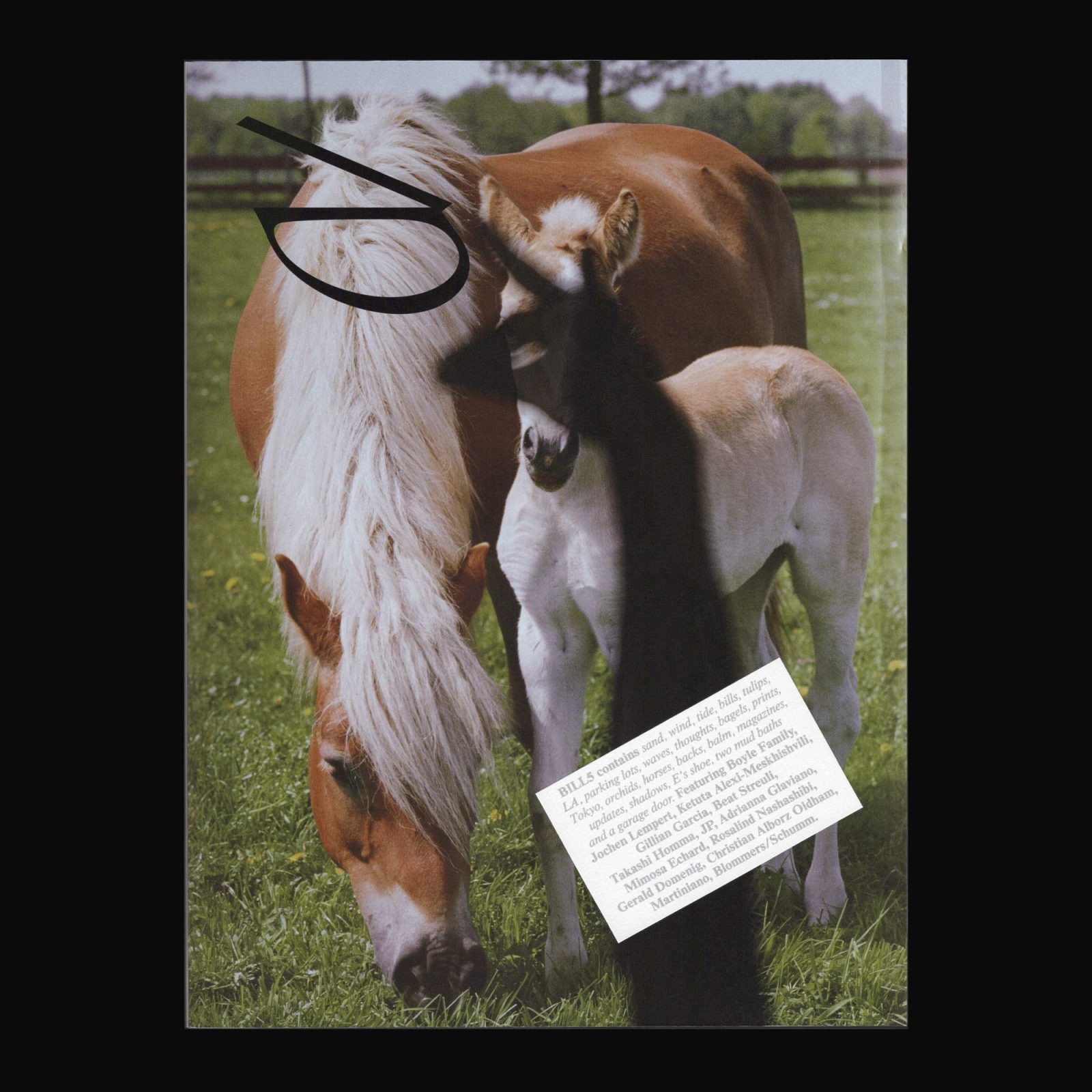

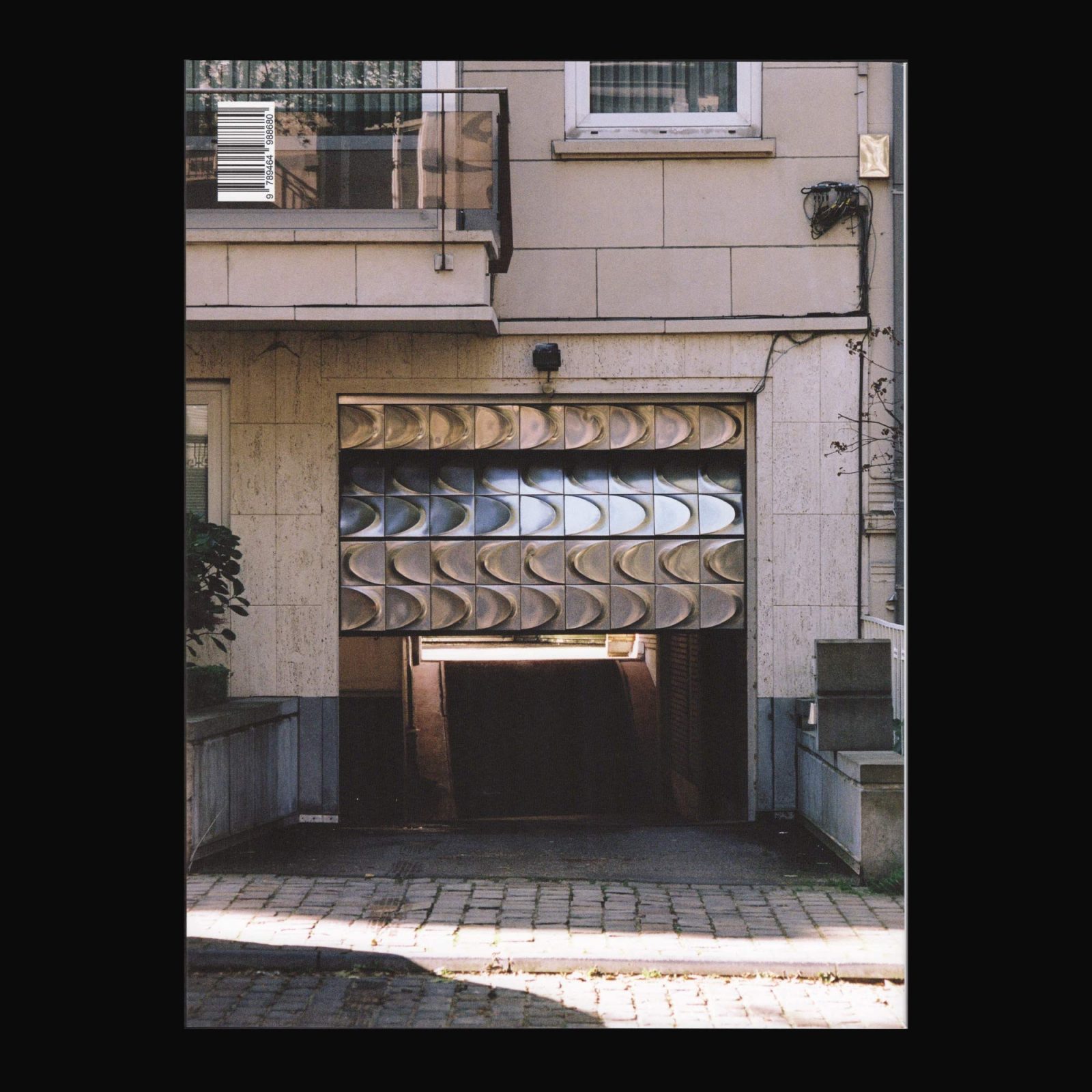
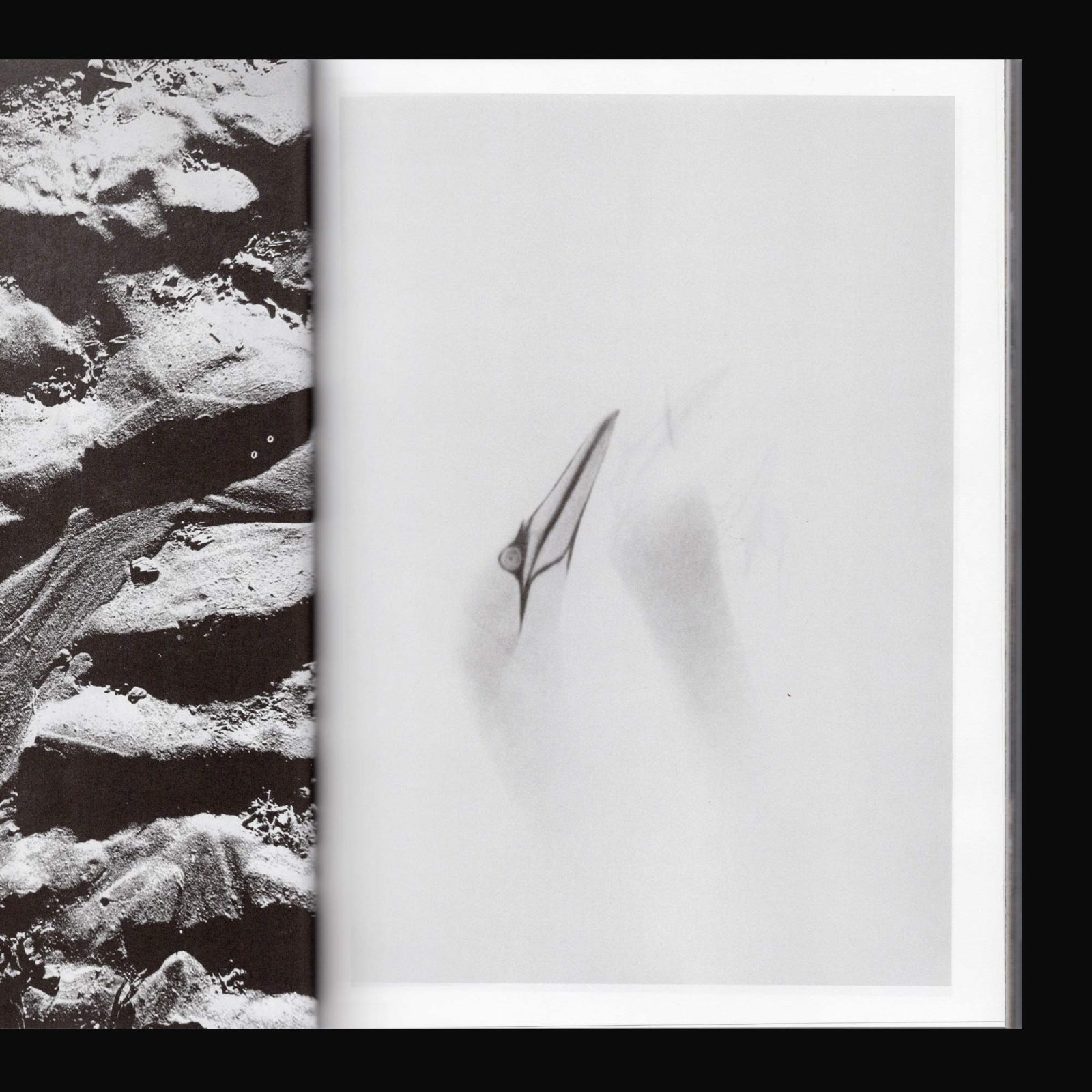
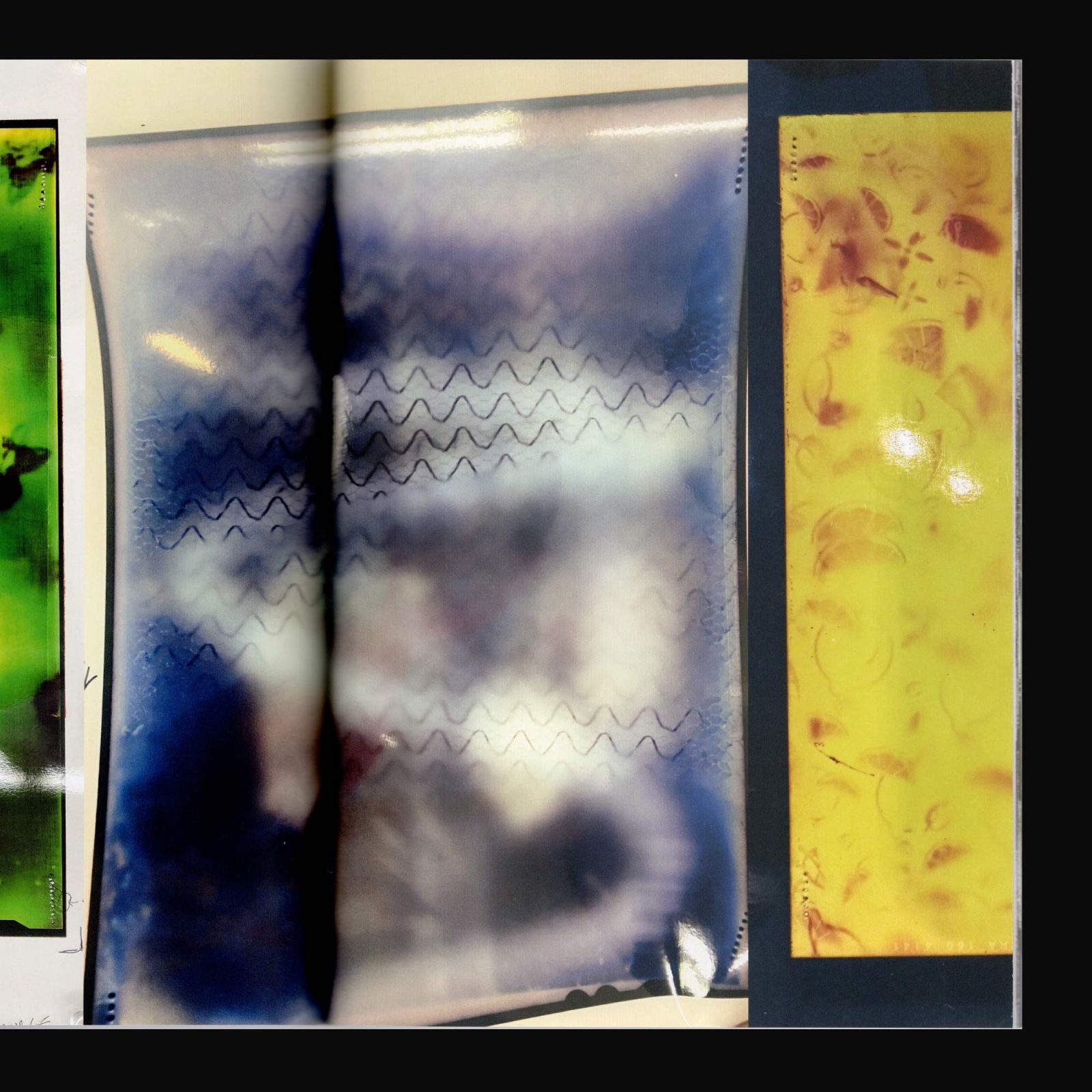
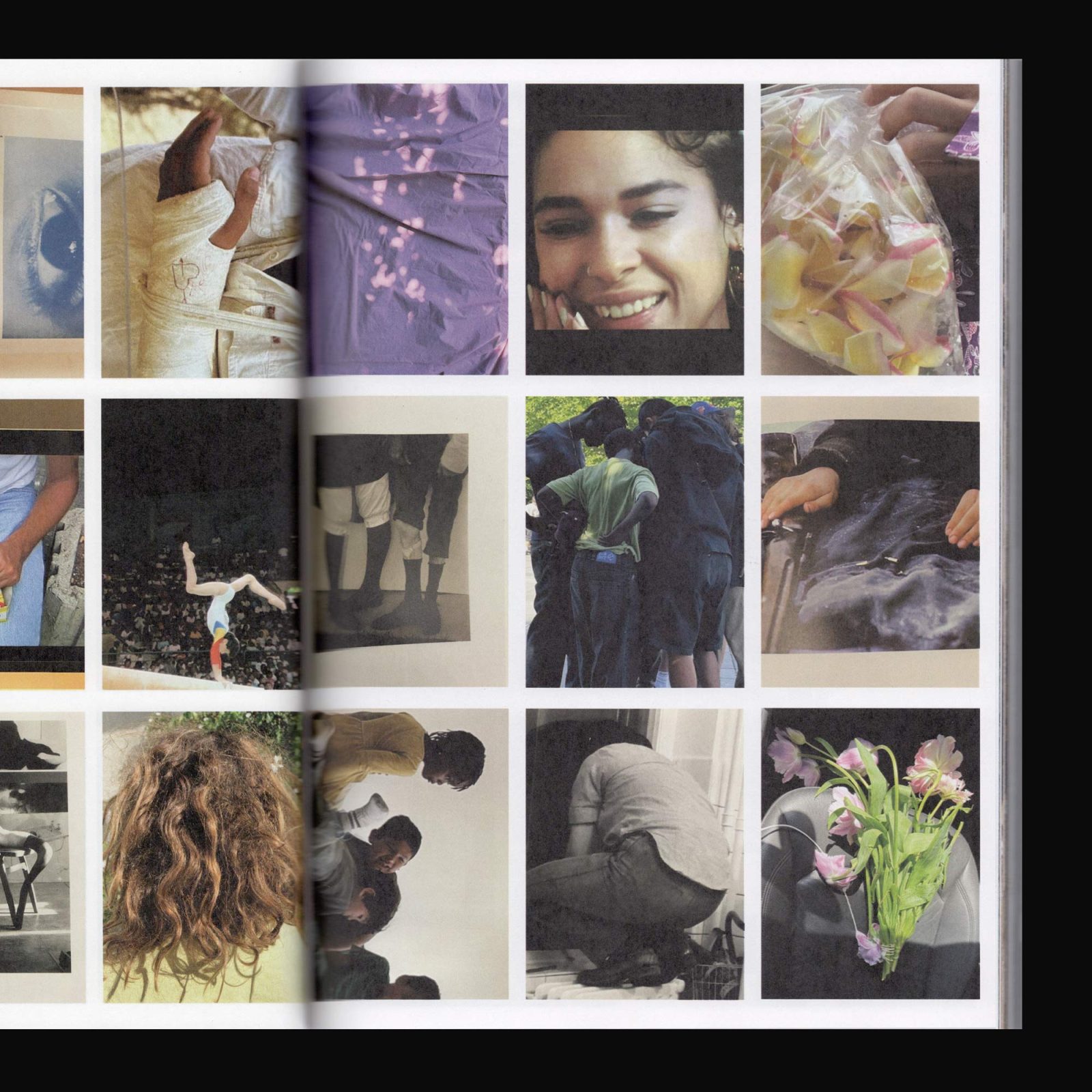
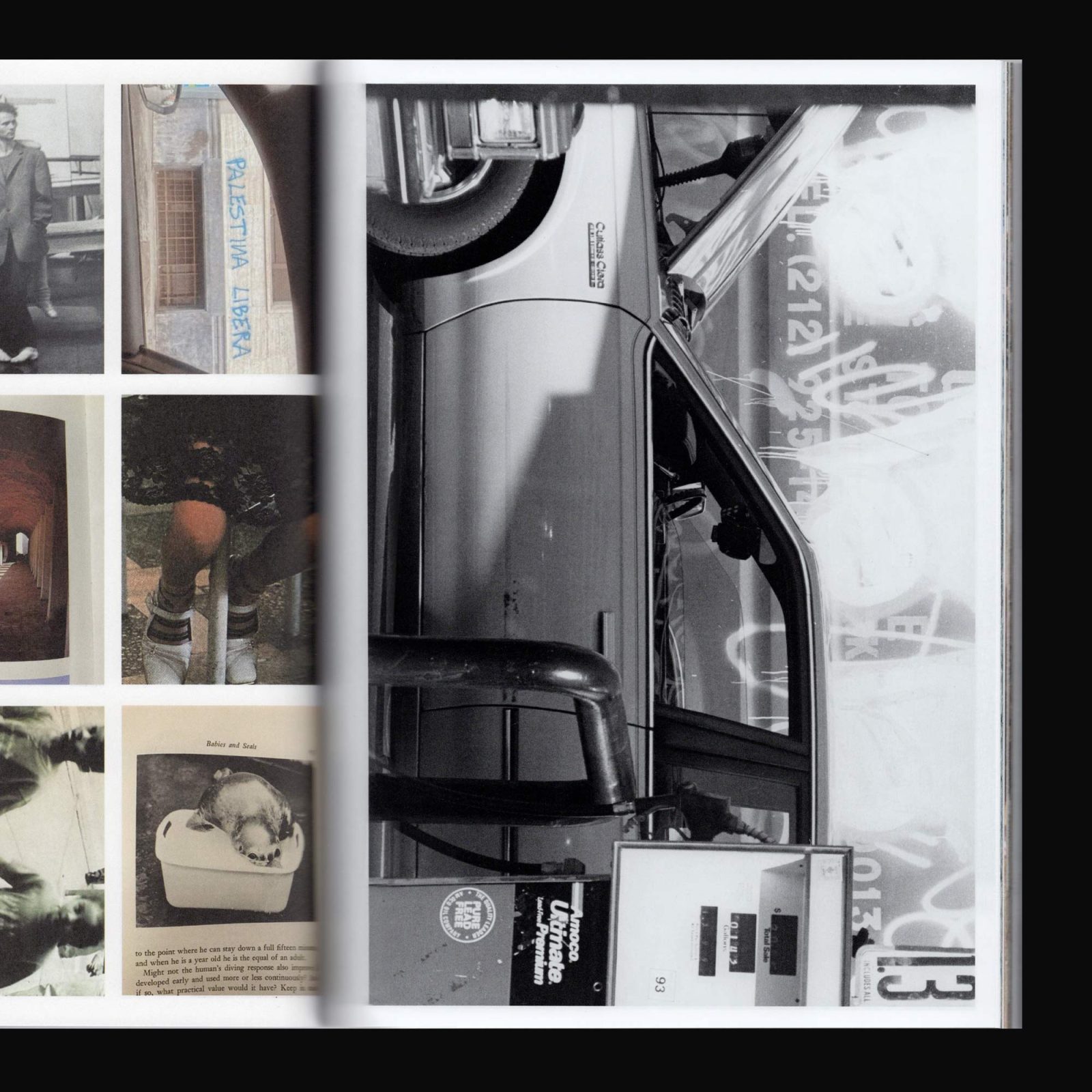
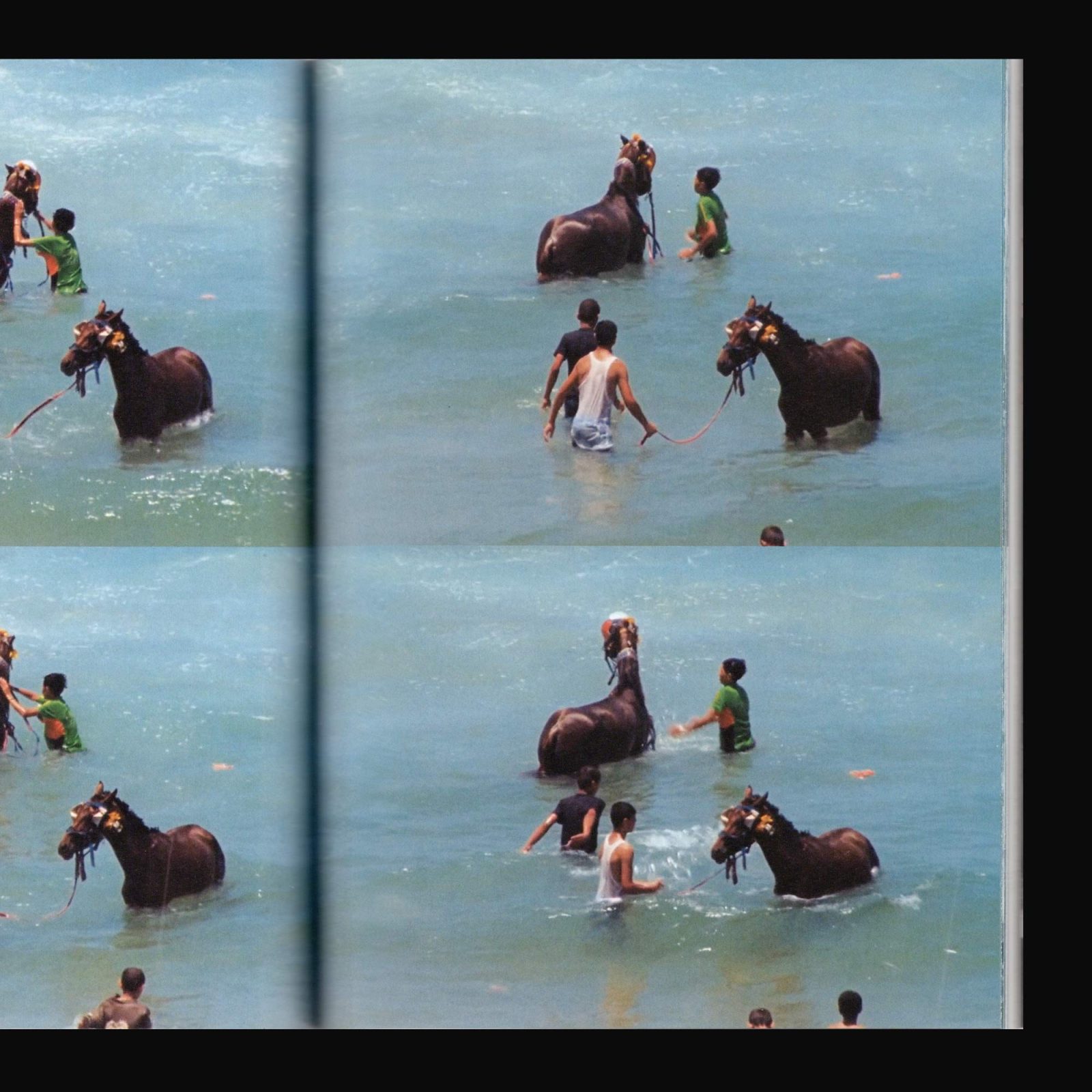
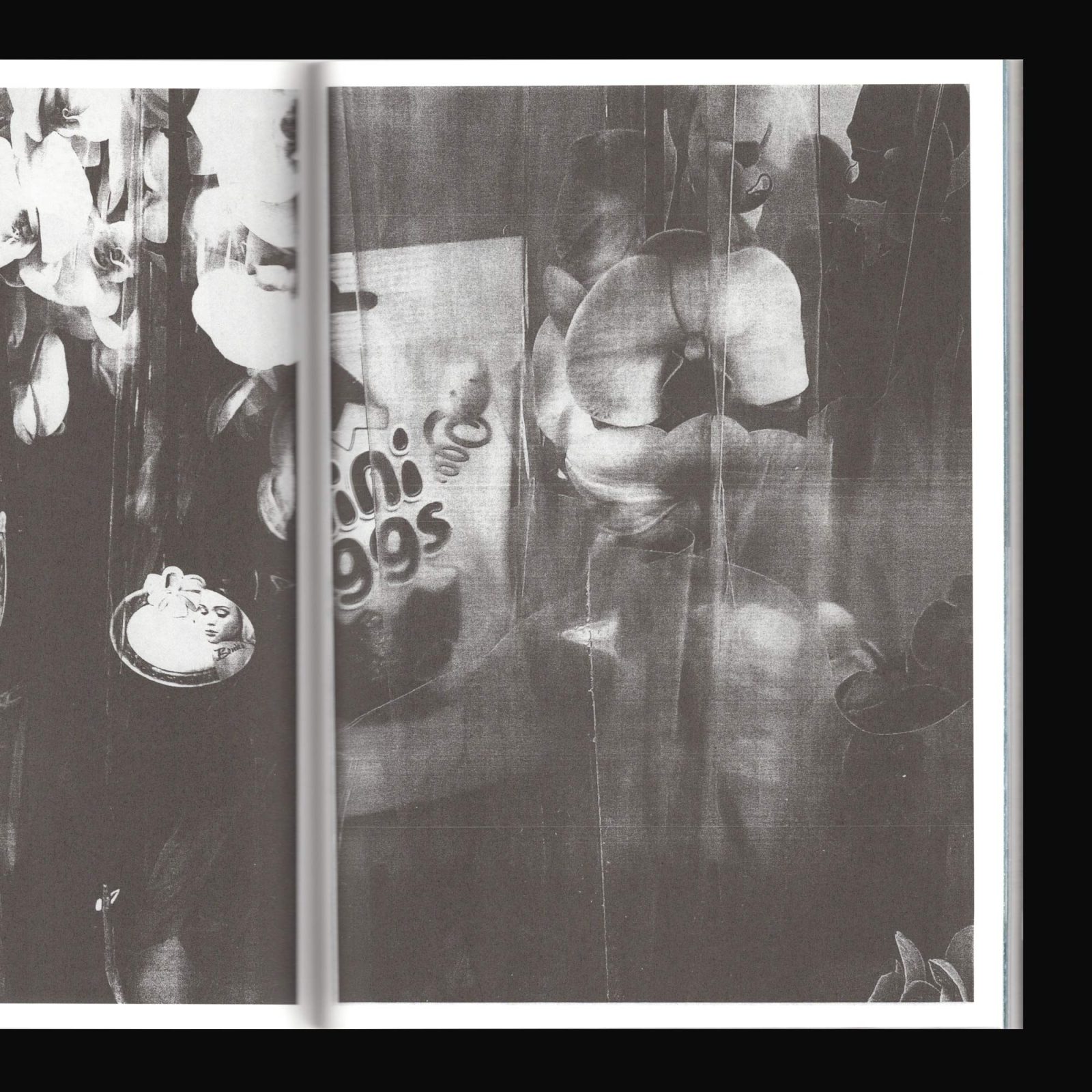
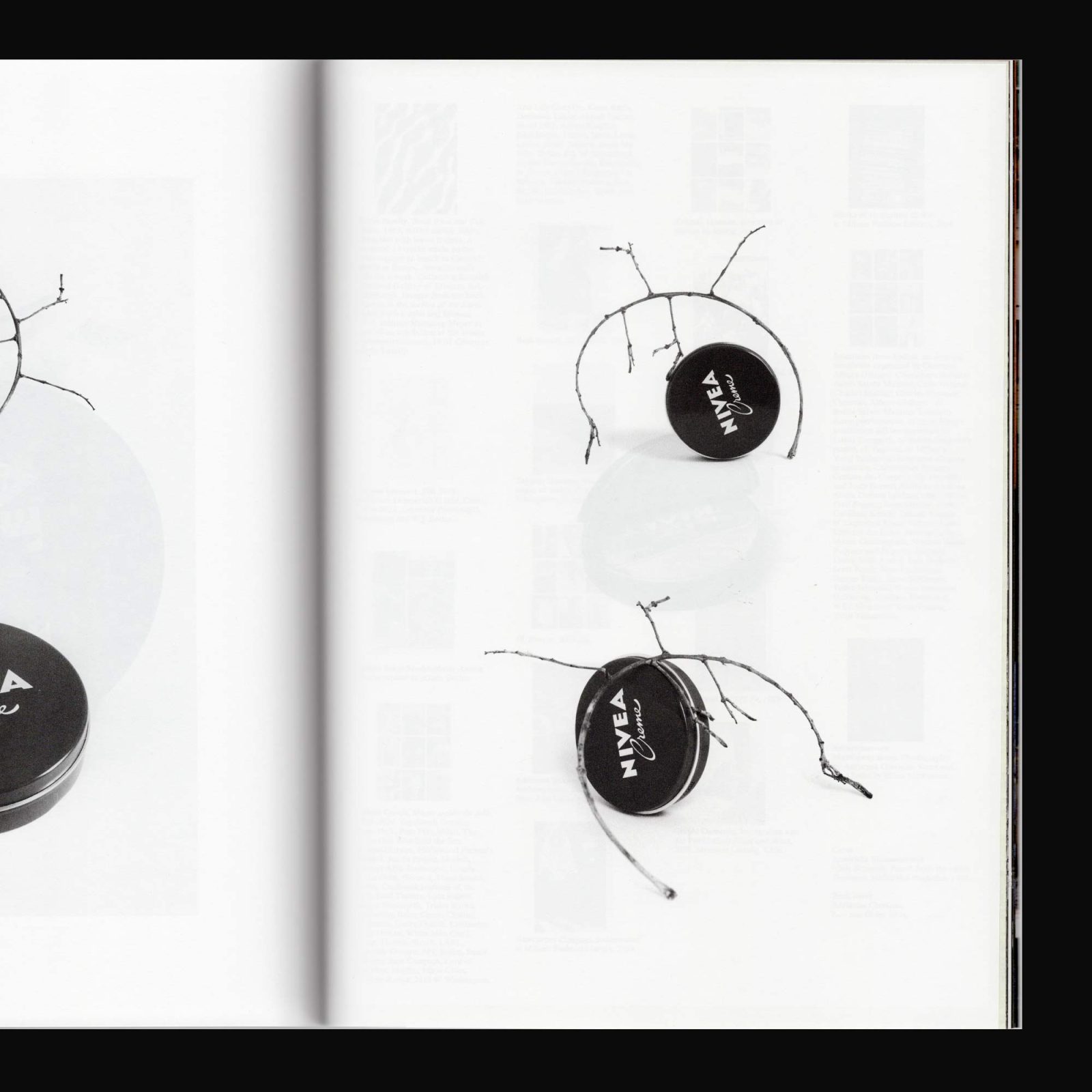
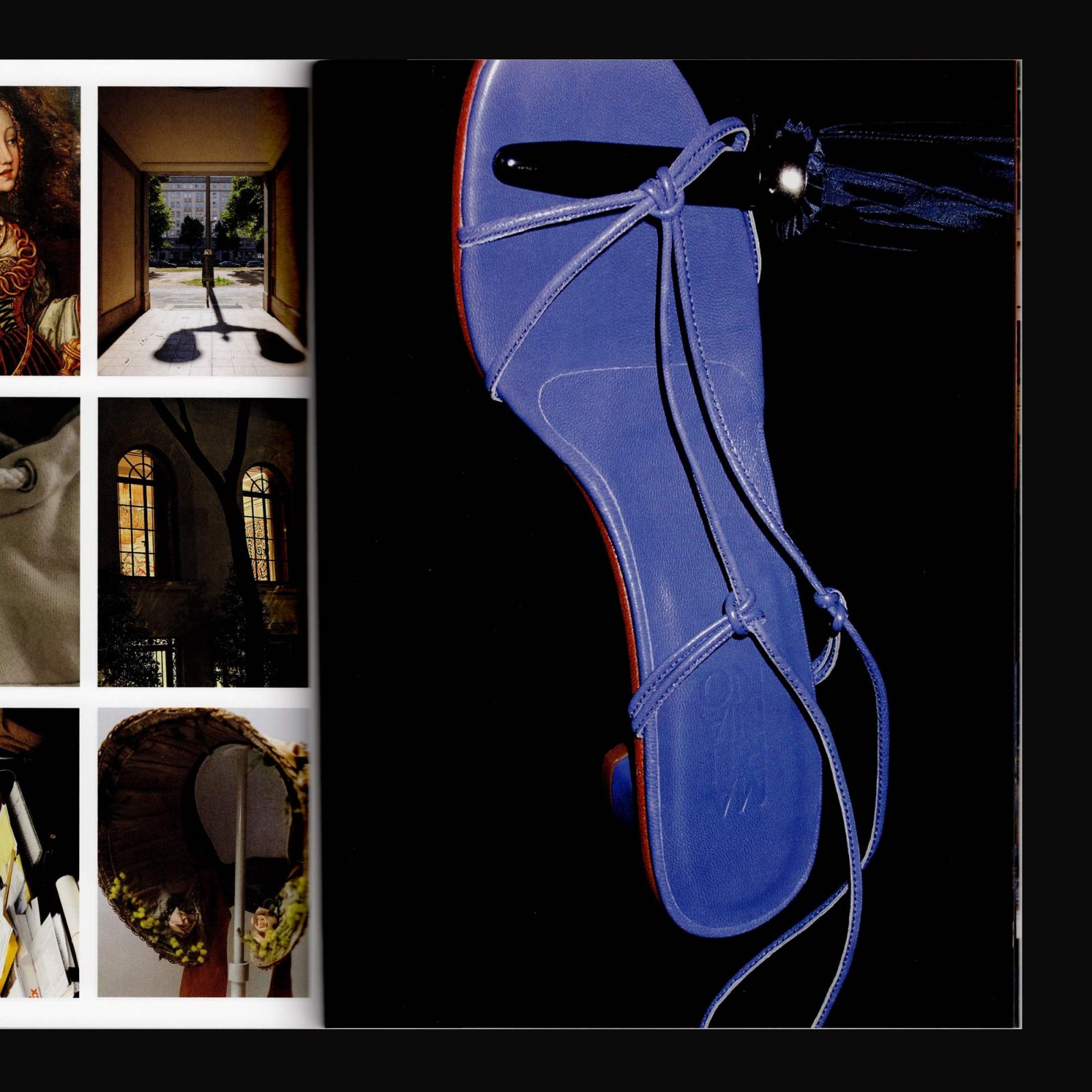
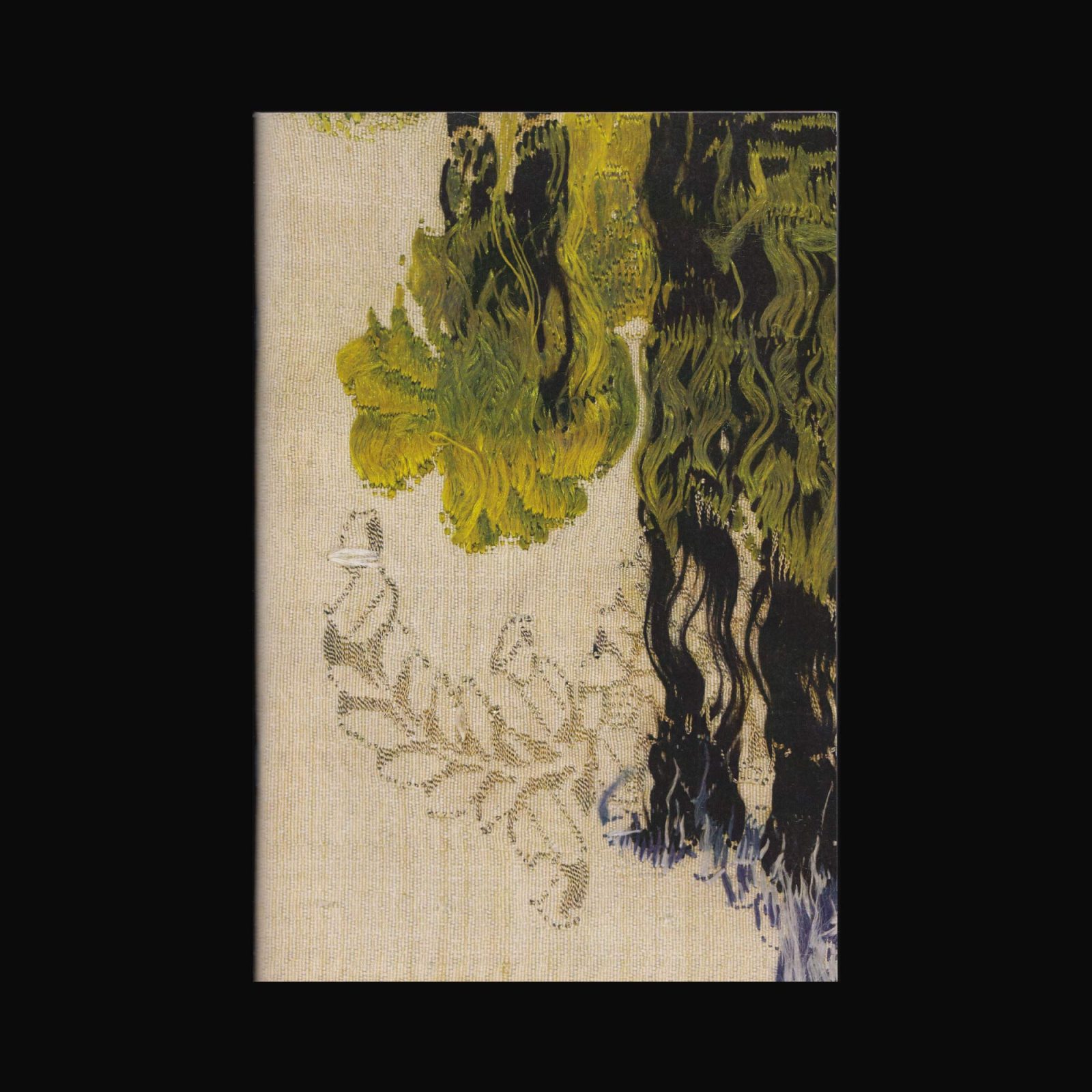
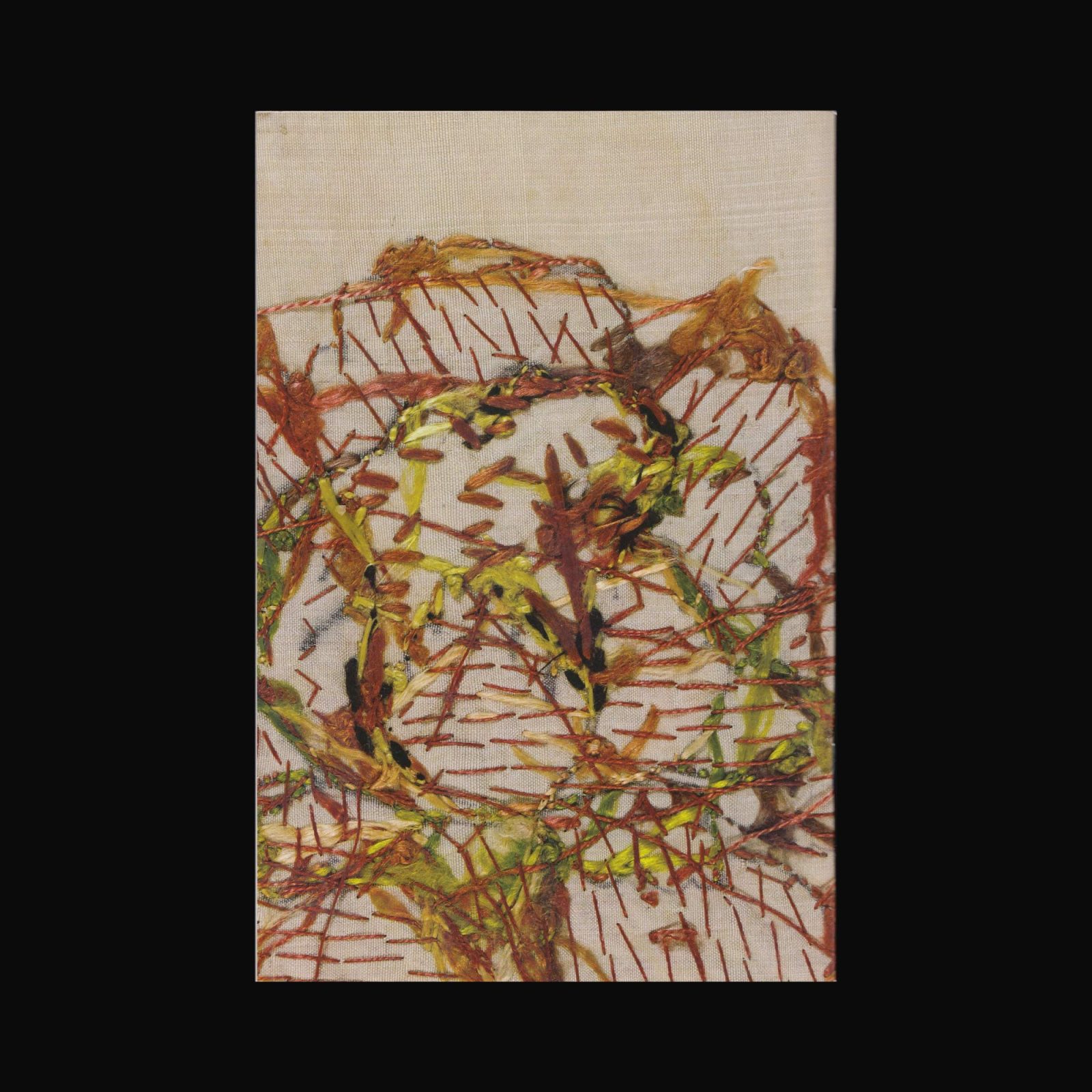
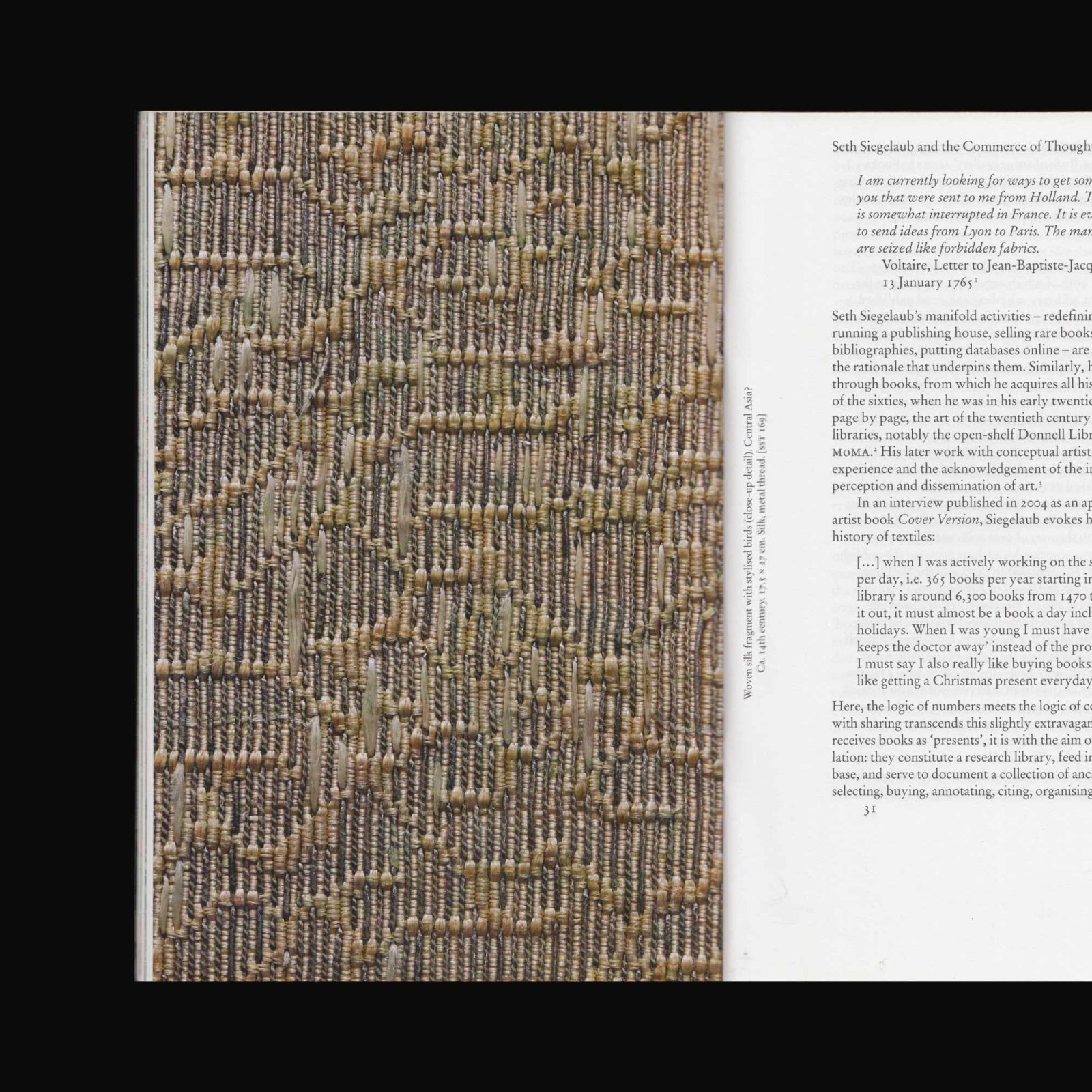
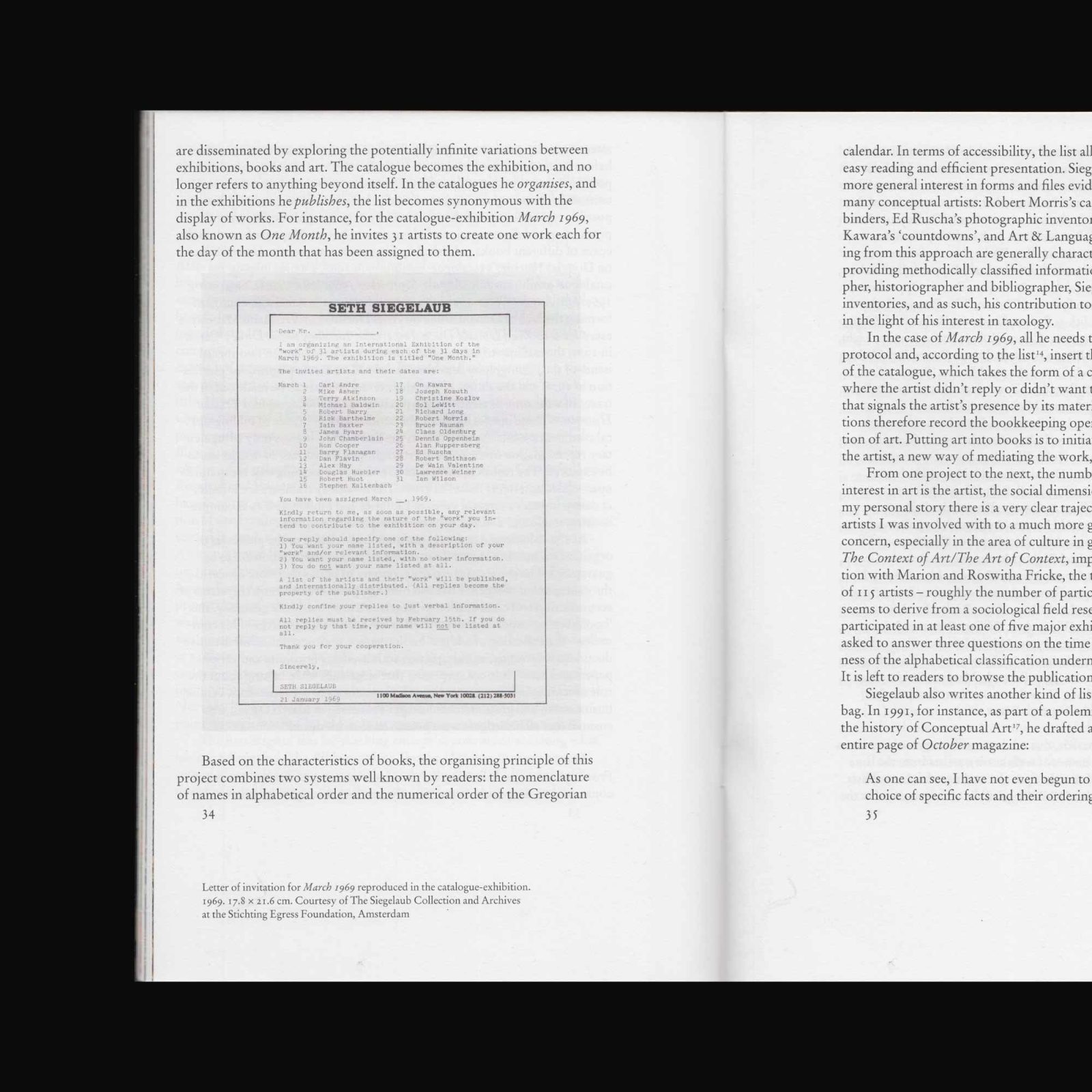
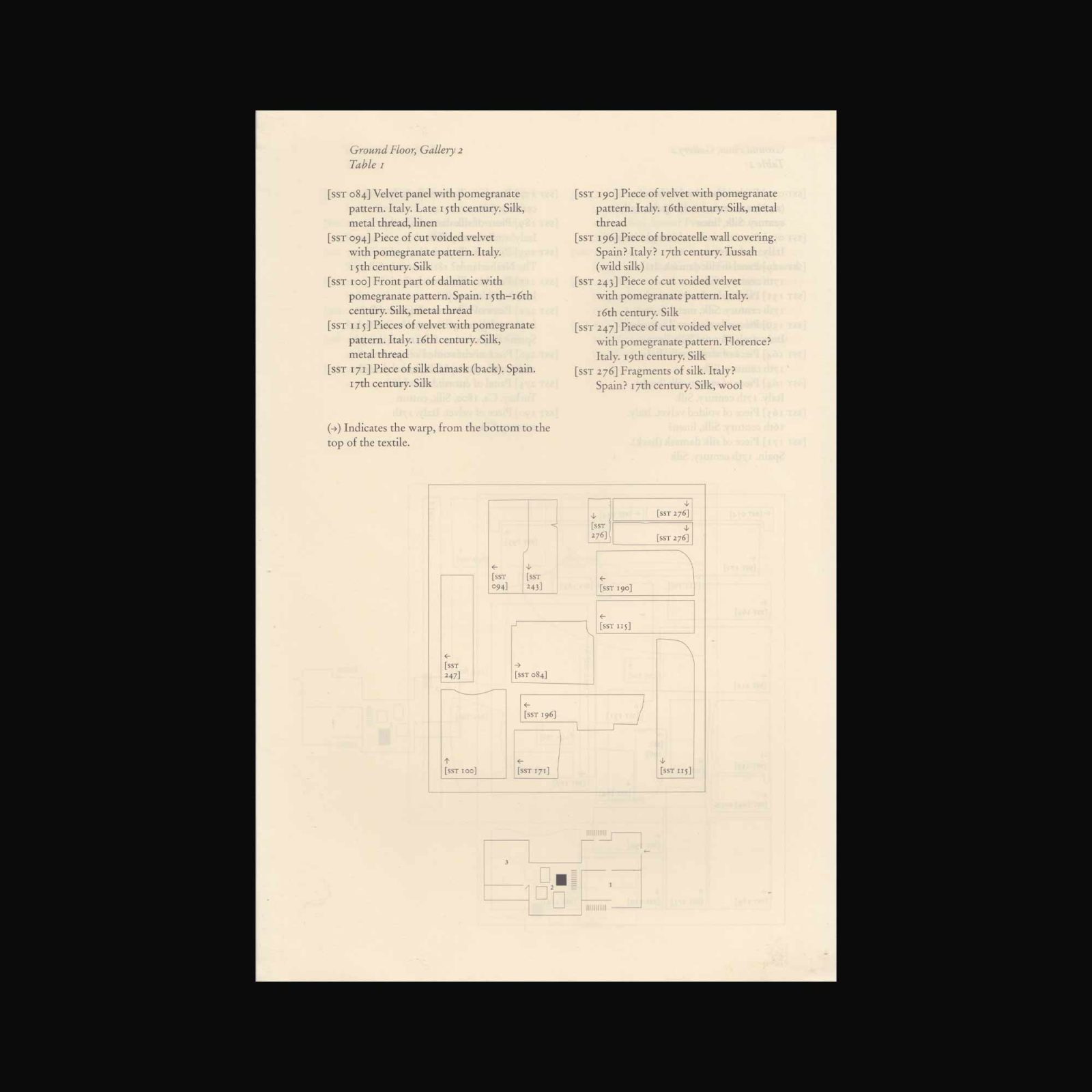
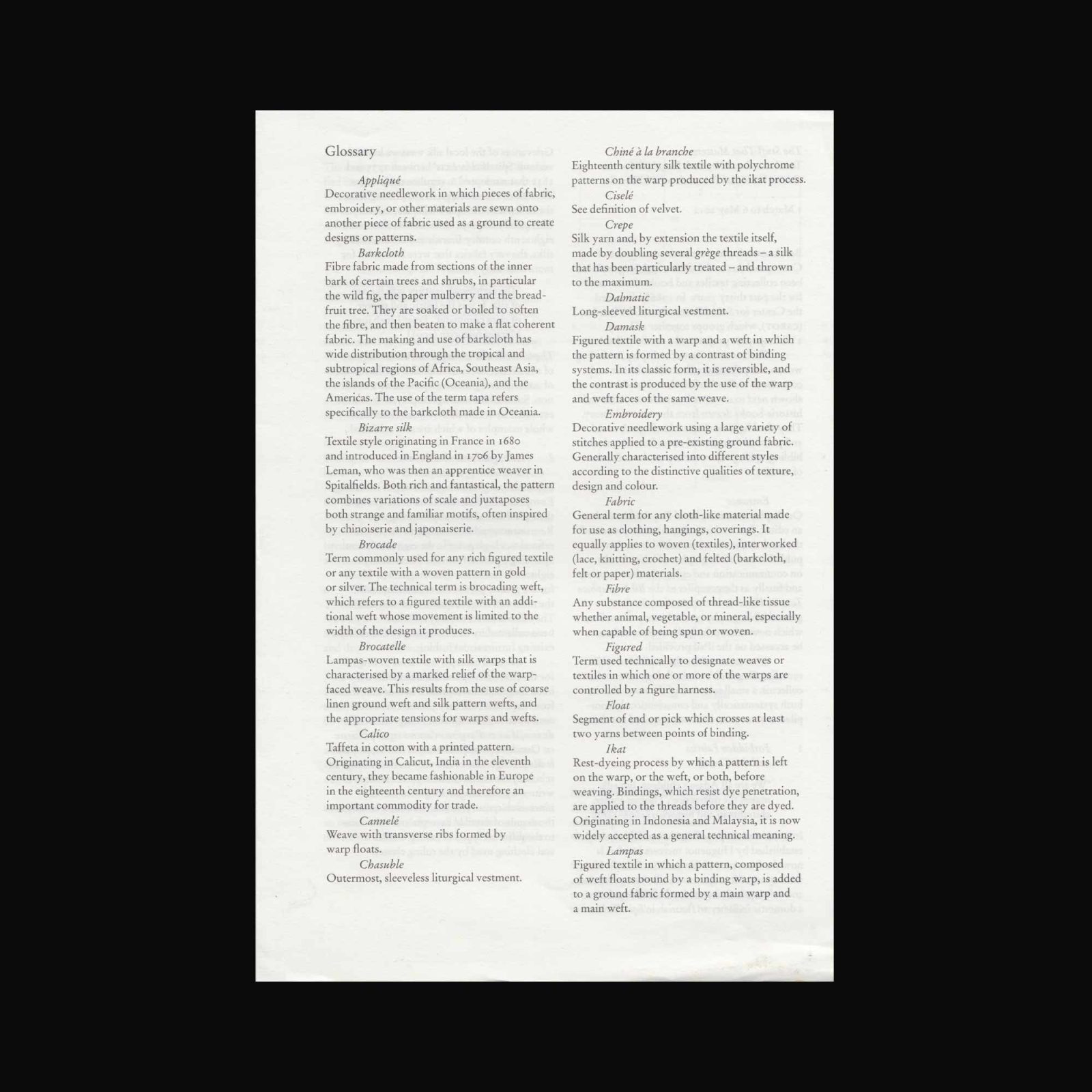
Produced on the occasion of the exhibition The Stuff That Matters. Textiles collected by Seth Siegelaub for the Centre for Social Research on Old Textiles at Raven Row, London, 1 March–5 May, 2012. Which presented the first exhibition of the collection of historic textiles assembled by Seth Siegelaub over the past thirty years for the Center for Social Research on Old Textiles (CSROT). The exhibition featured over 200 items from the collection and included woven and printed textiles, embroideries and costume, ranging from fifth-century Coptic to Pre-Columbian Peruvian textiles, late medieval Asian and Islamic textiles, and Renaissance to eighteenth-century European silks and velvets.
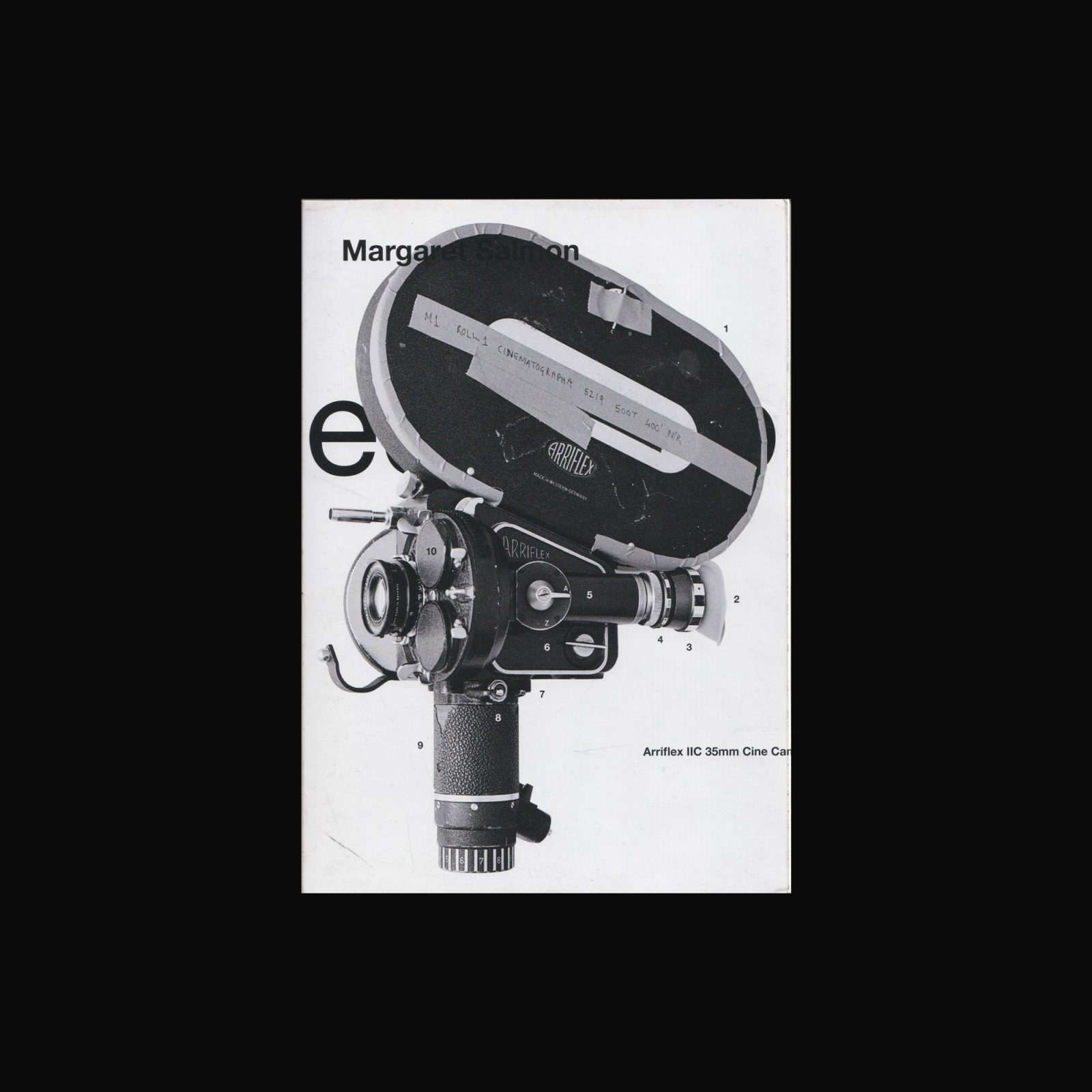

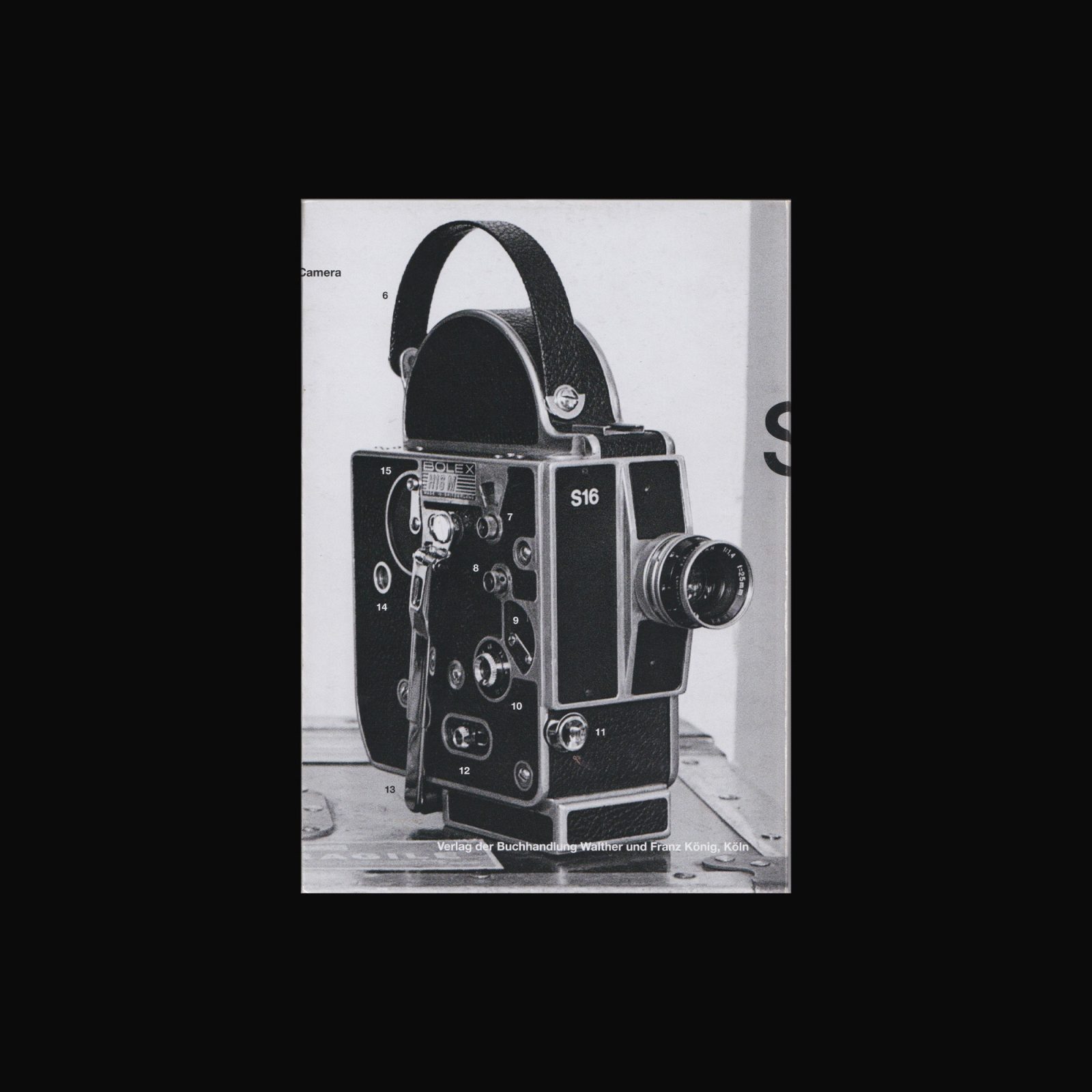
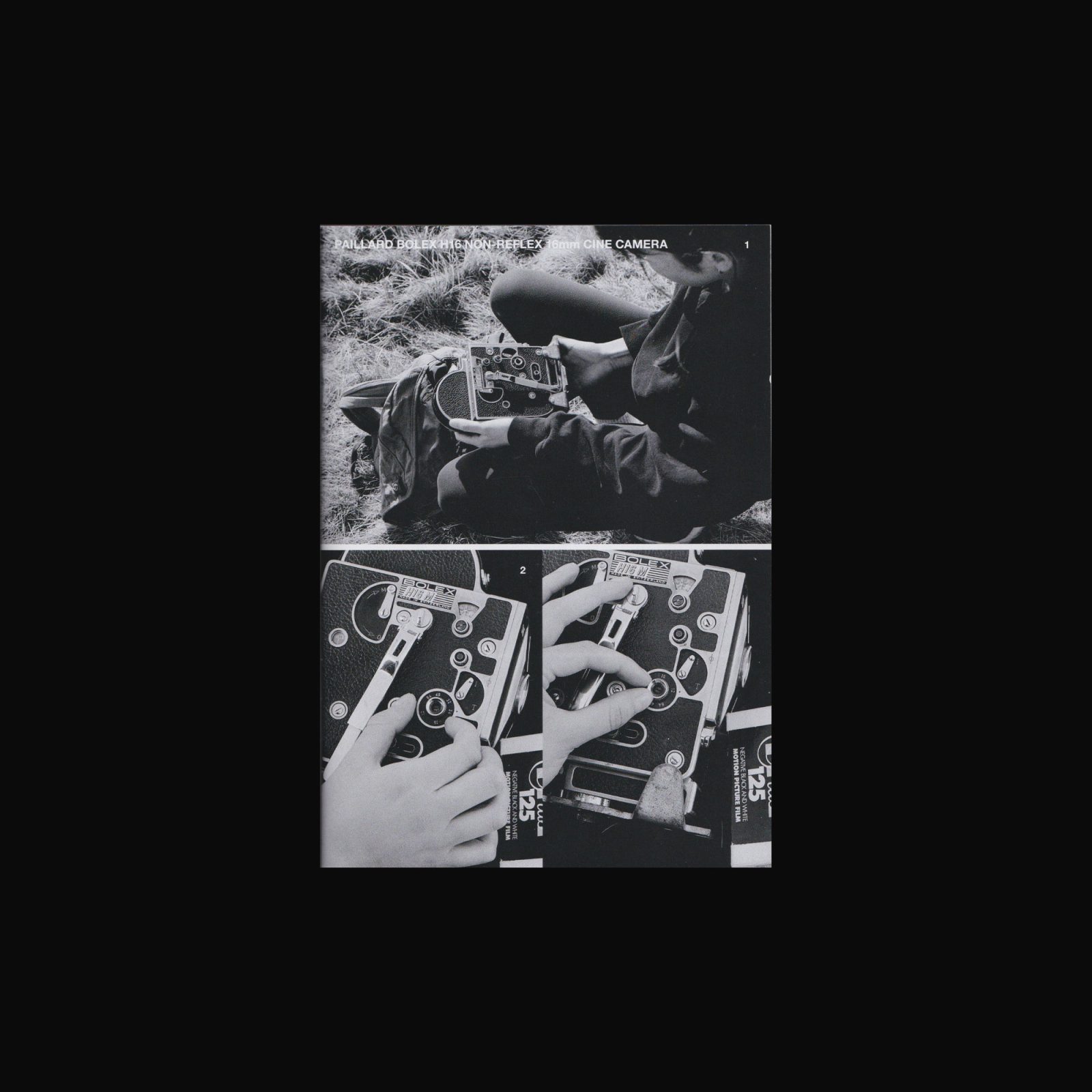
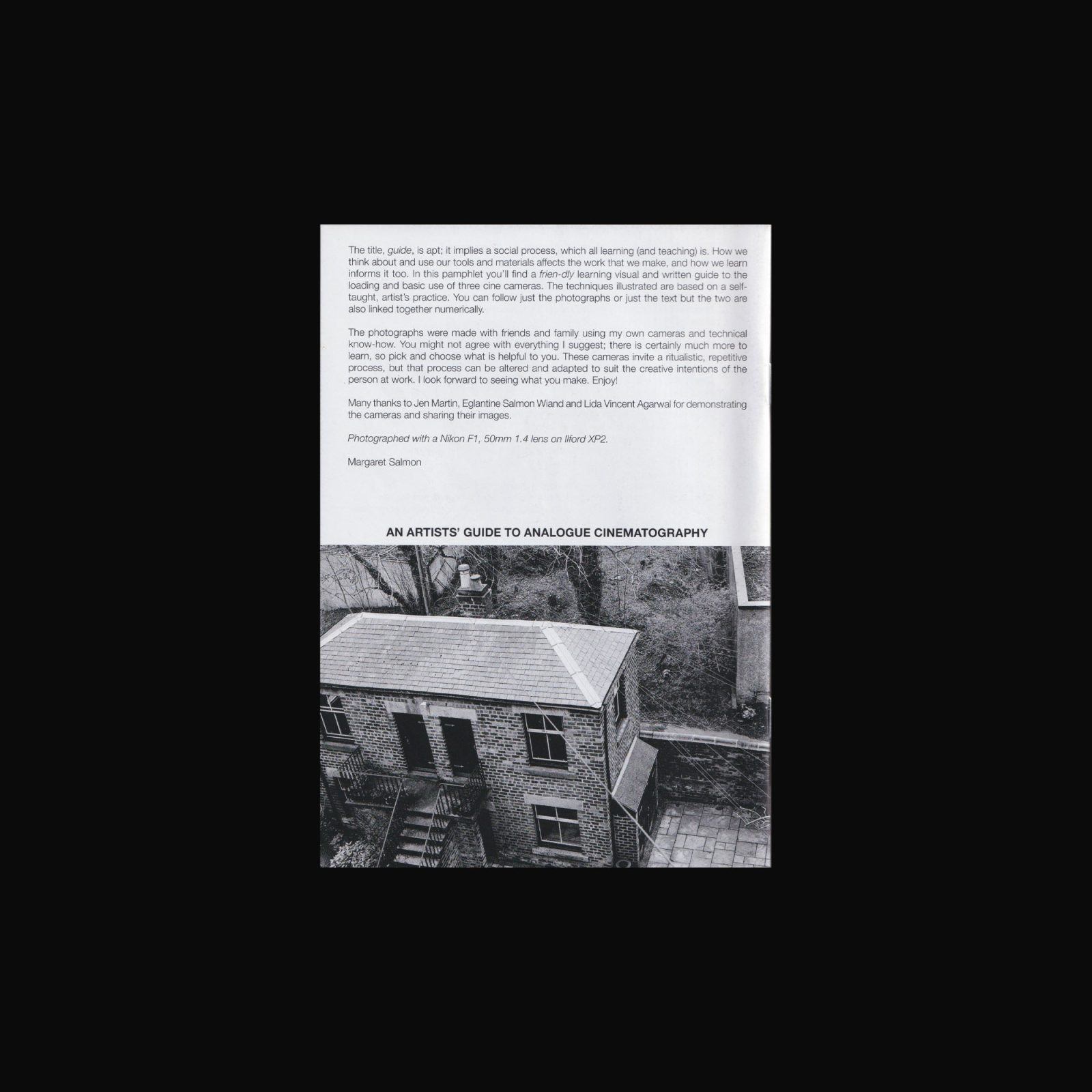
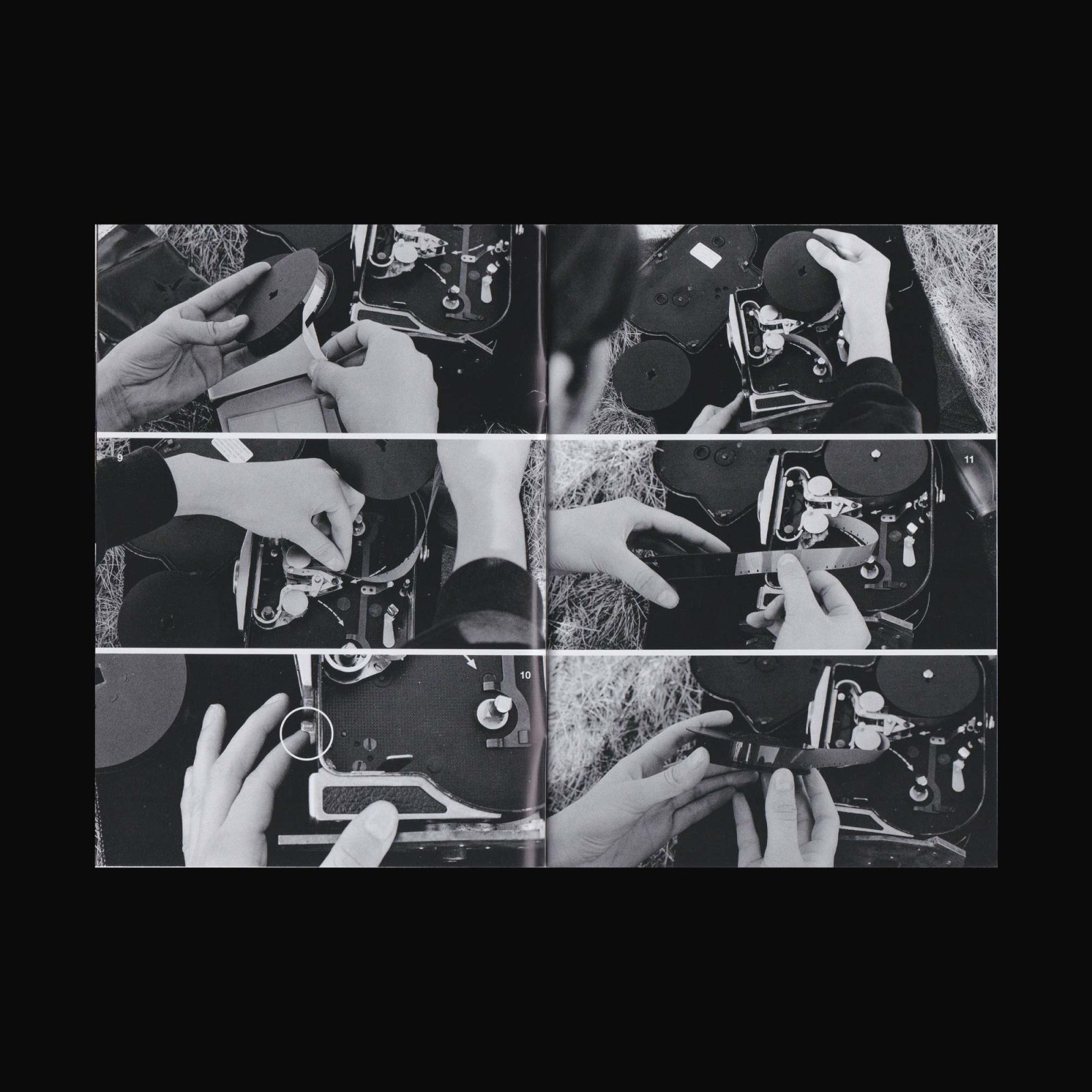
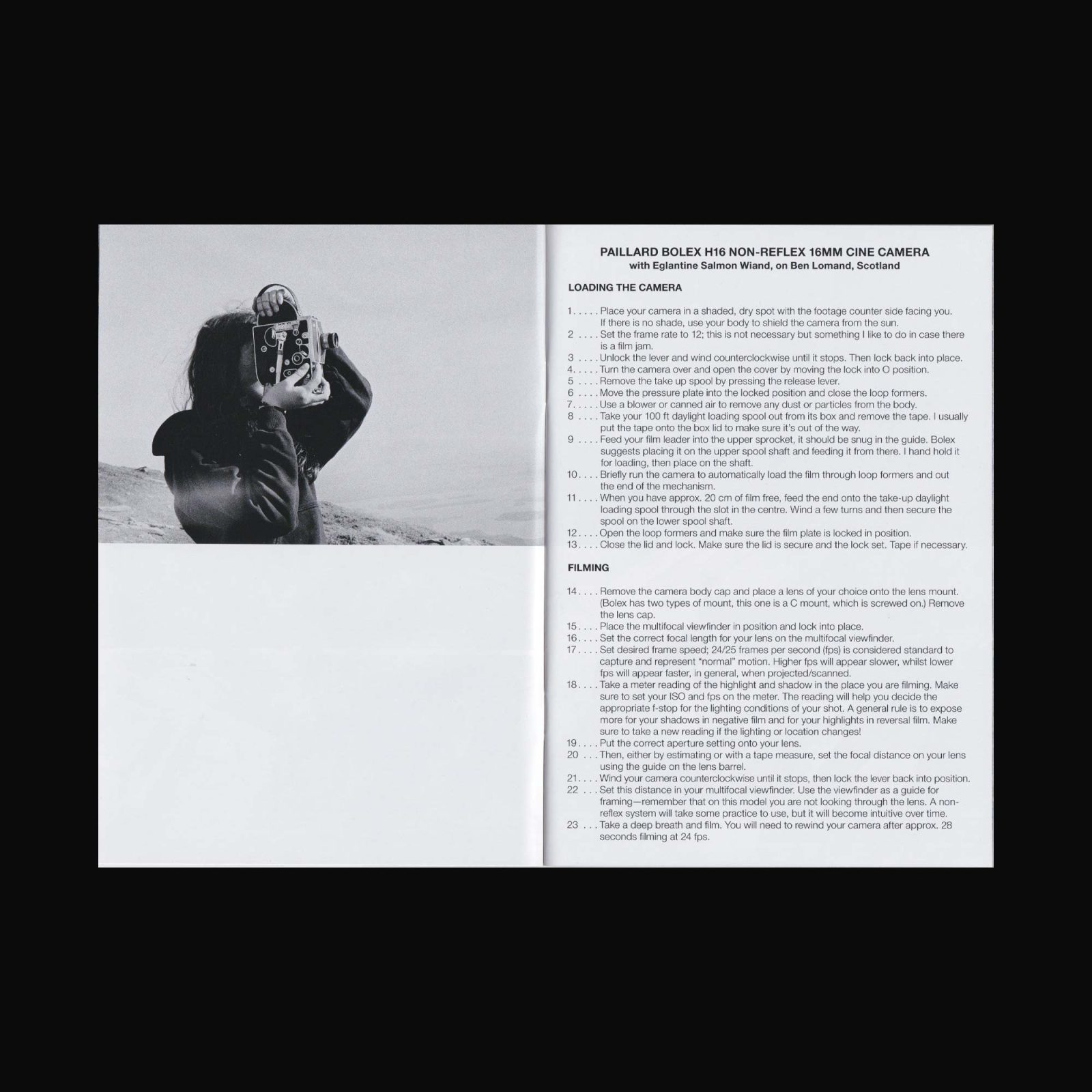
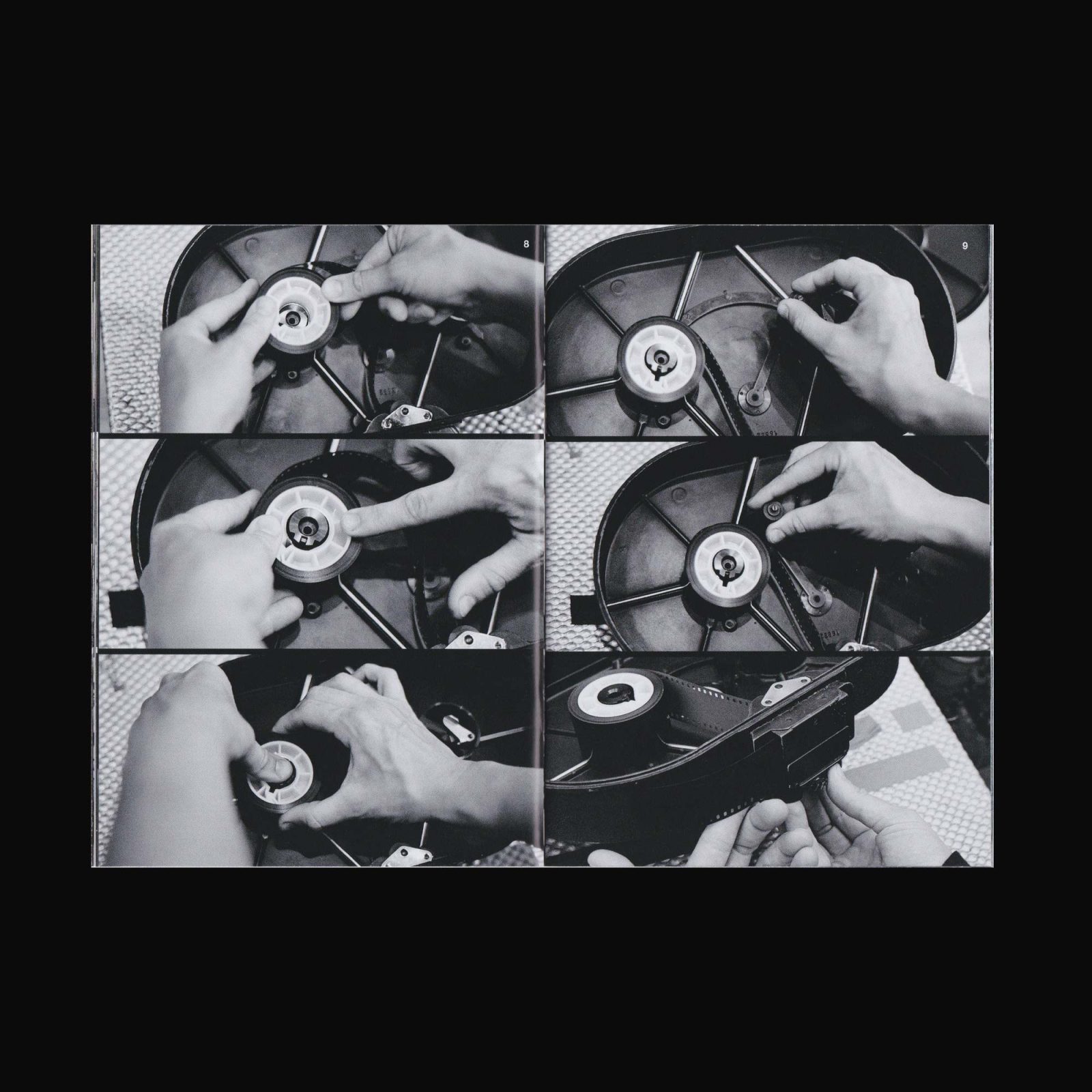
Conceived by artist and filmmaker Margaret Salmon, this publication pairs an enquiry into women’s filmmaking practice with a comprehensive survey of experimental analogue technique across generations. Nine filmmakers—Peggy Ahwesh, Betzy Bromberg, Rose Lowder, Babette Mangolte, Rhea Storr, Deborah Stratman, Alia Syed, Malena Szlam and Salmon herself, speak about the ways they use and think about their cameras, sharing technical knowledge and reflections on camera work to reveal their creative philosophies and intentions. Included with the book is a separate manual: An Artists’ Guide to Analogue Cinematography. This learning pamphlet was written and photographed by Salmon, and includes step by step instructions to the loading and basic use of three cine cameras.
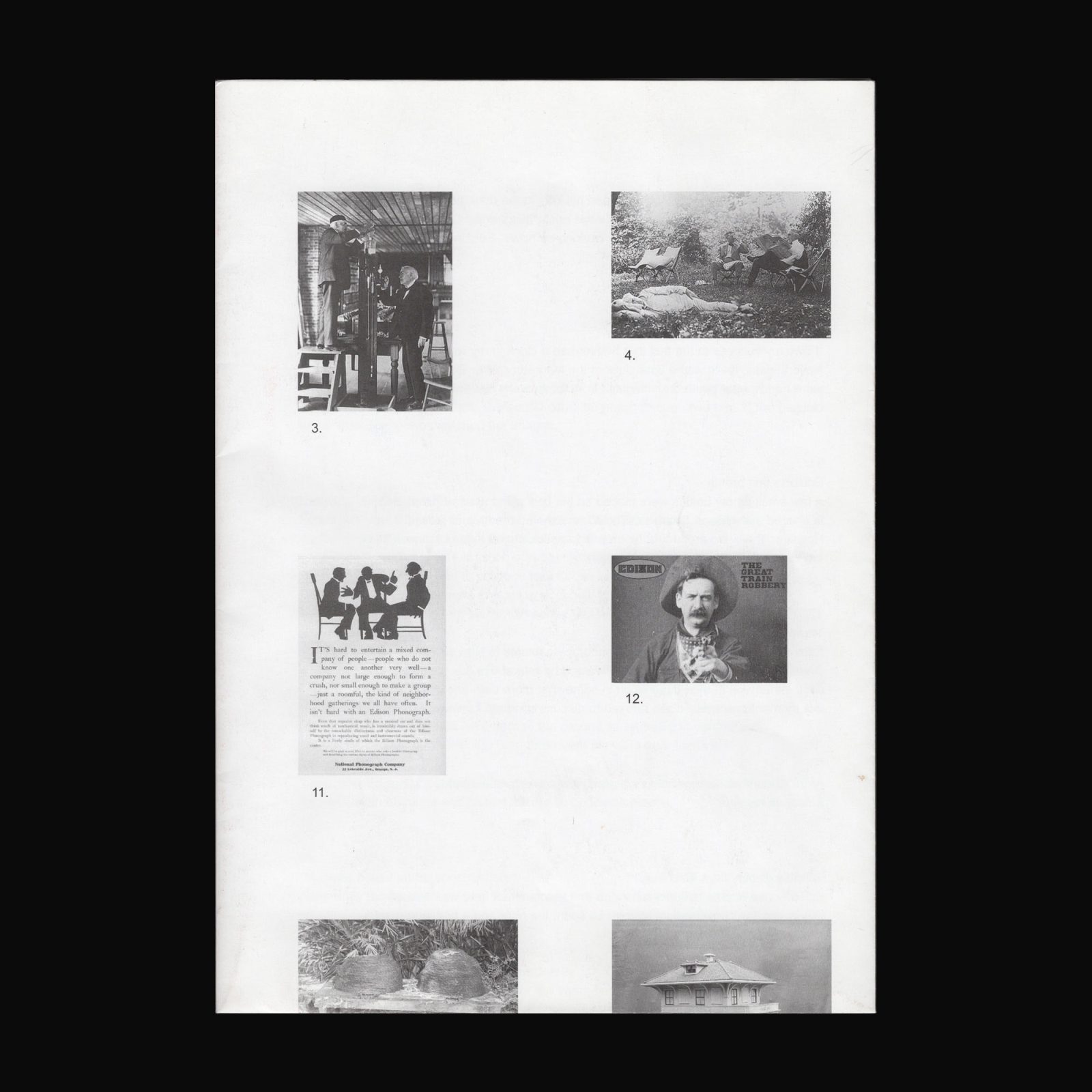
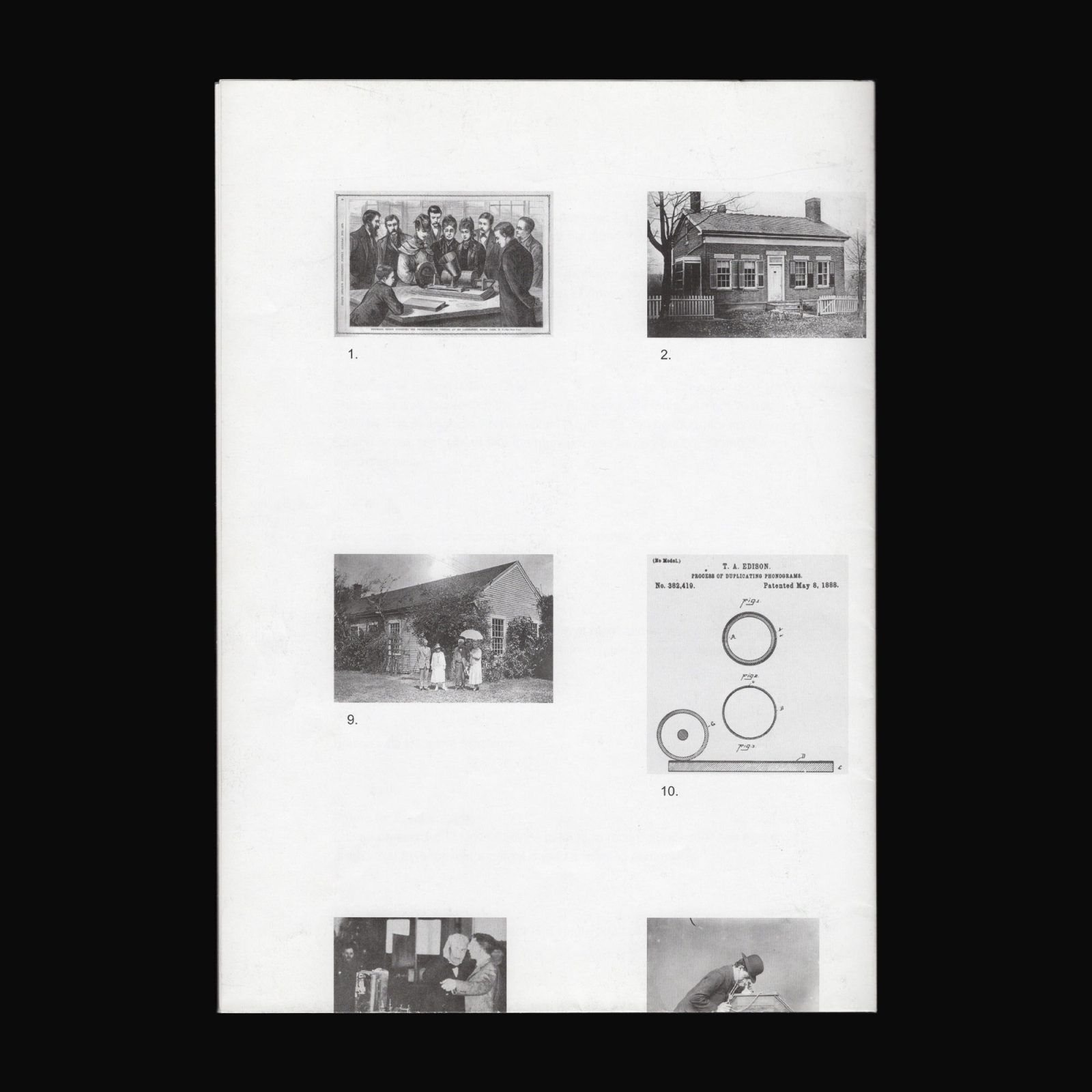
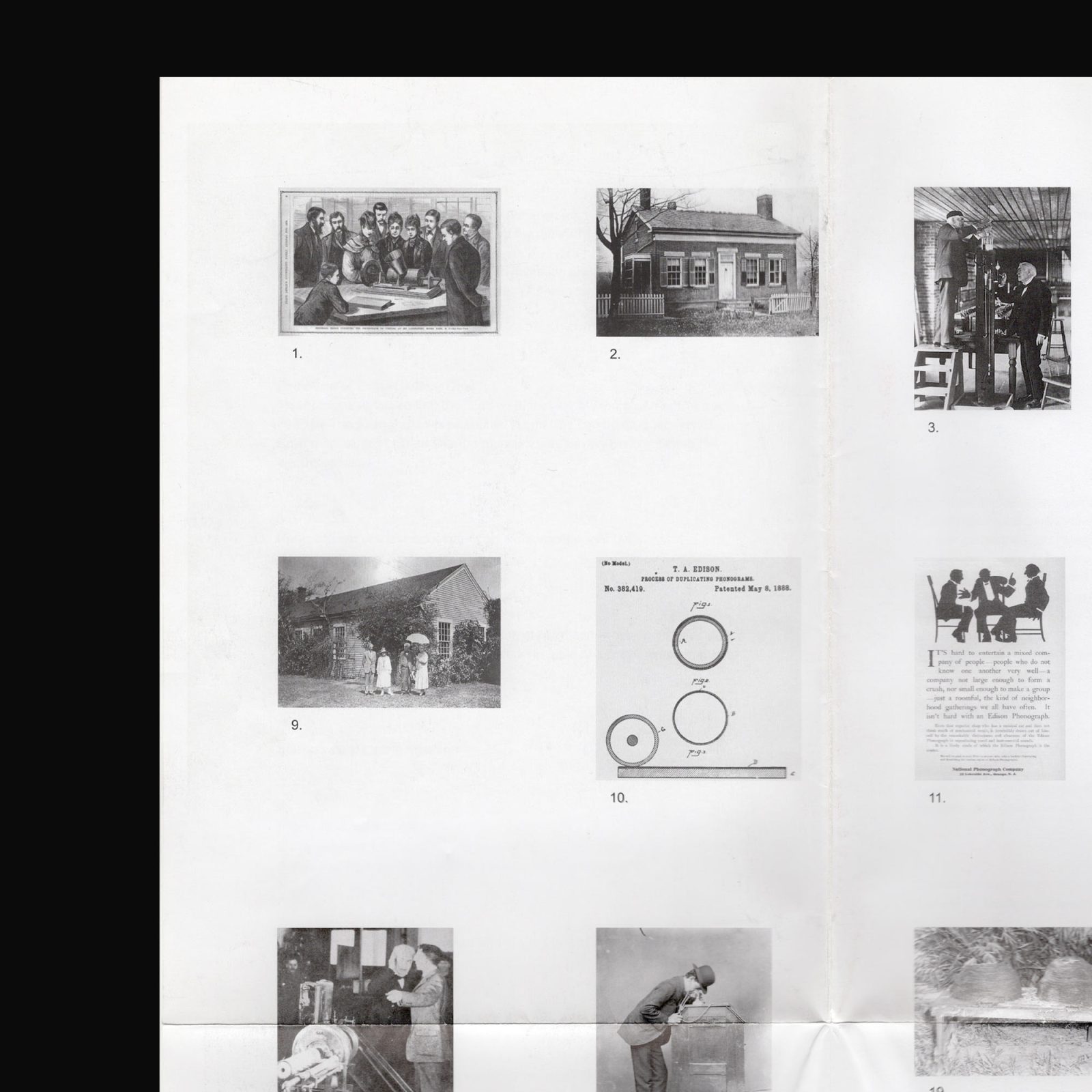
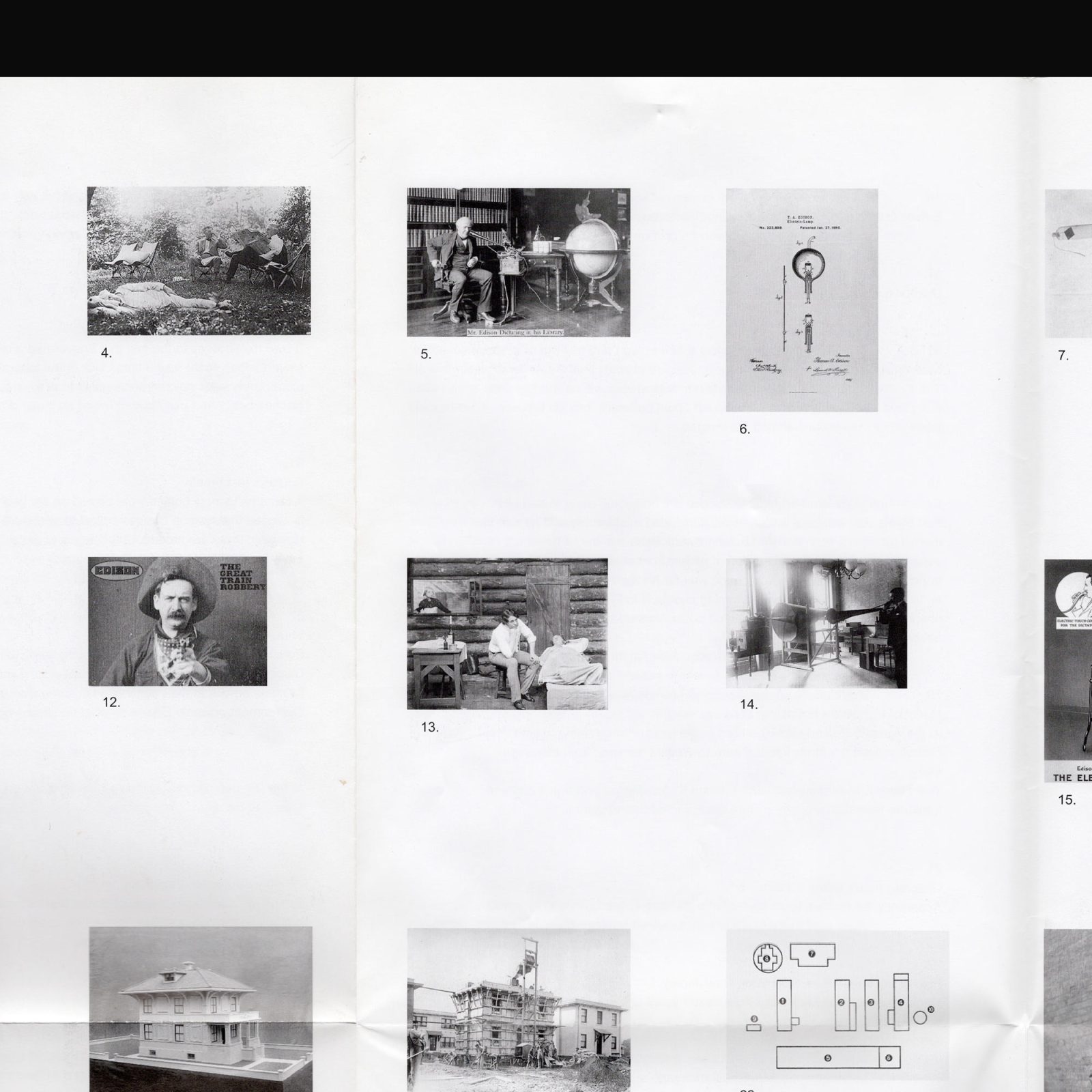
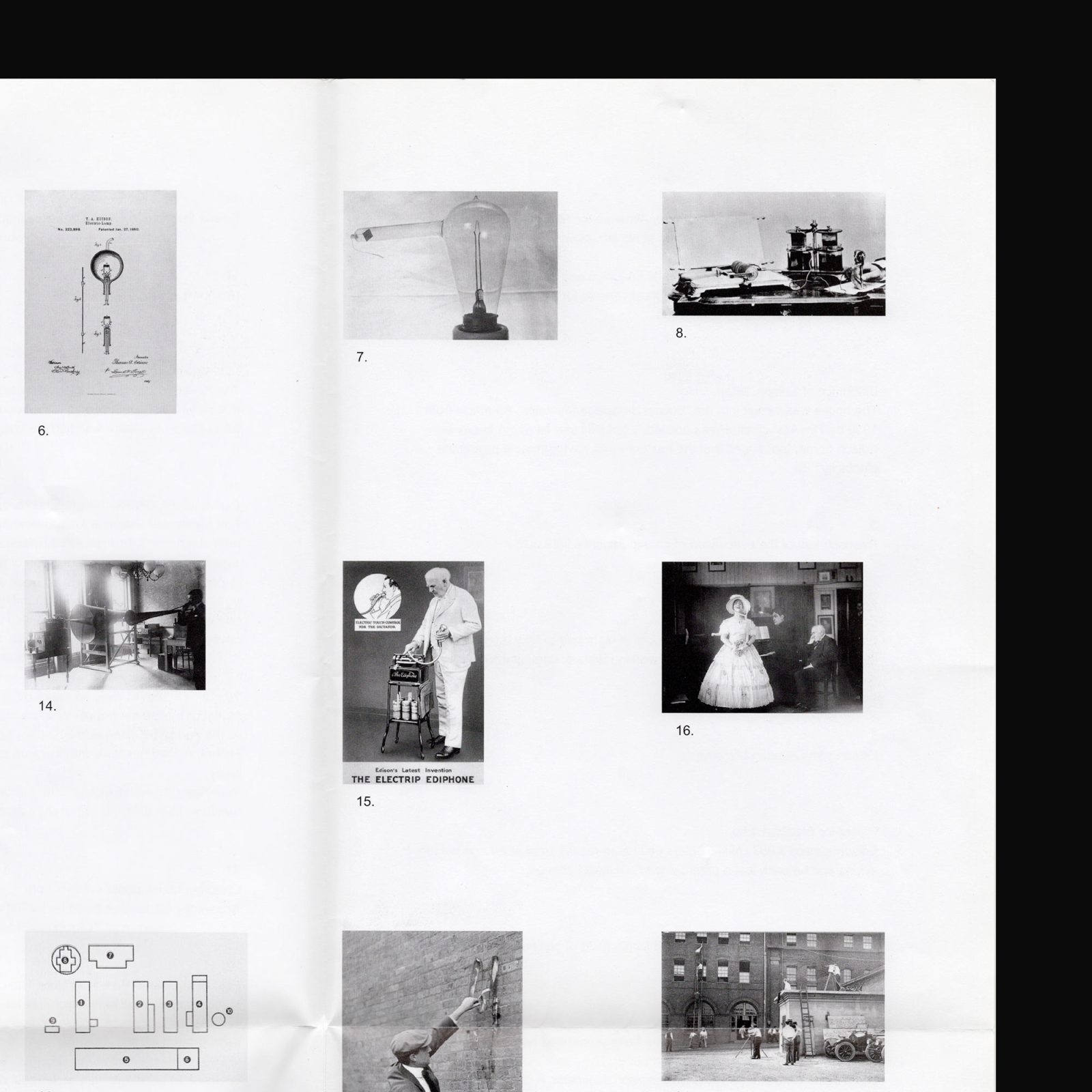
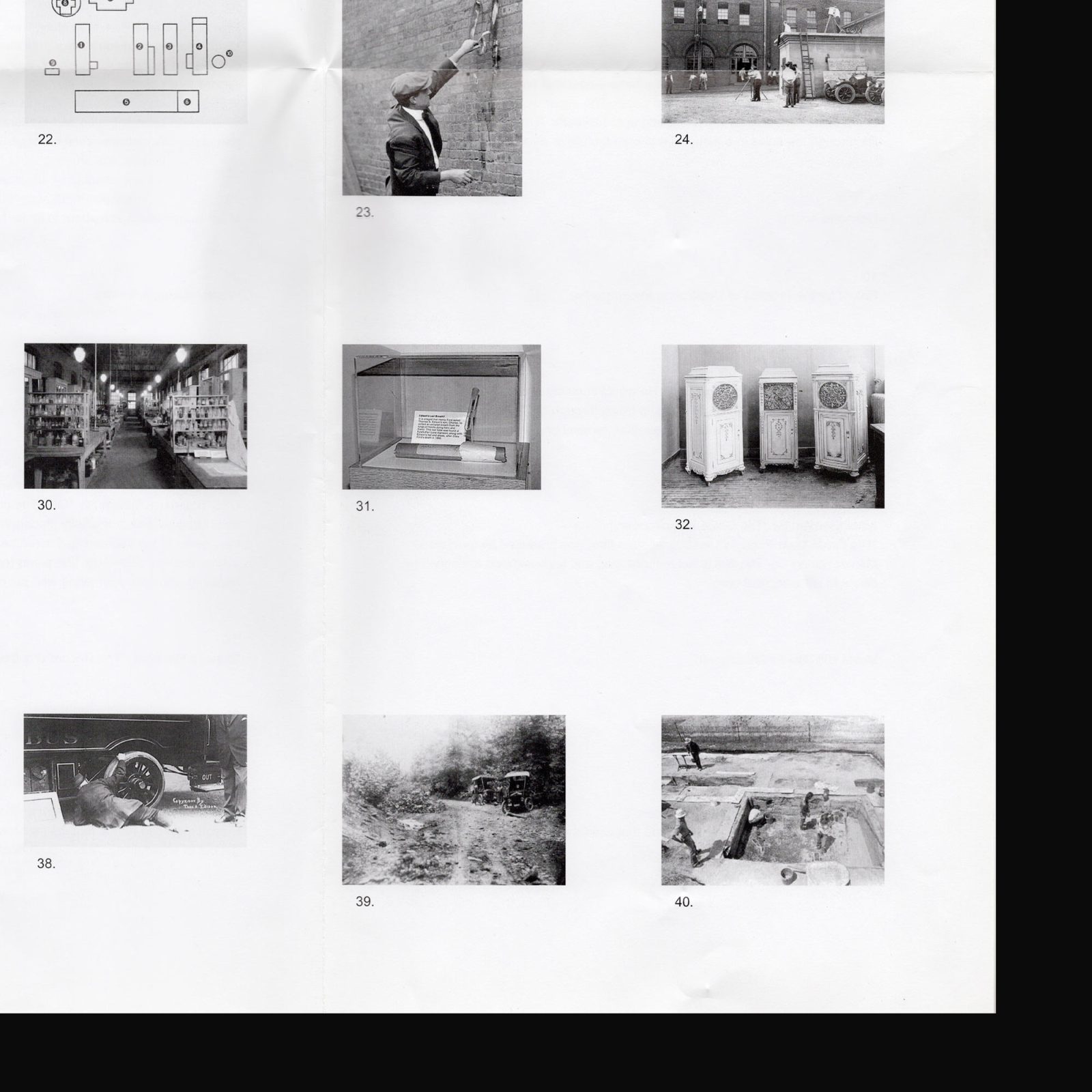
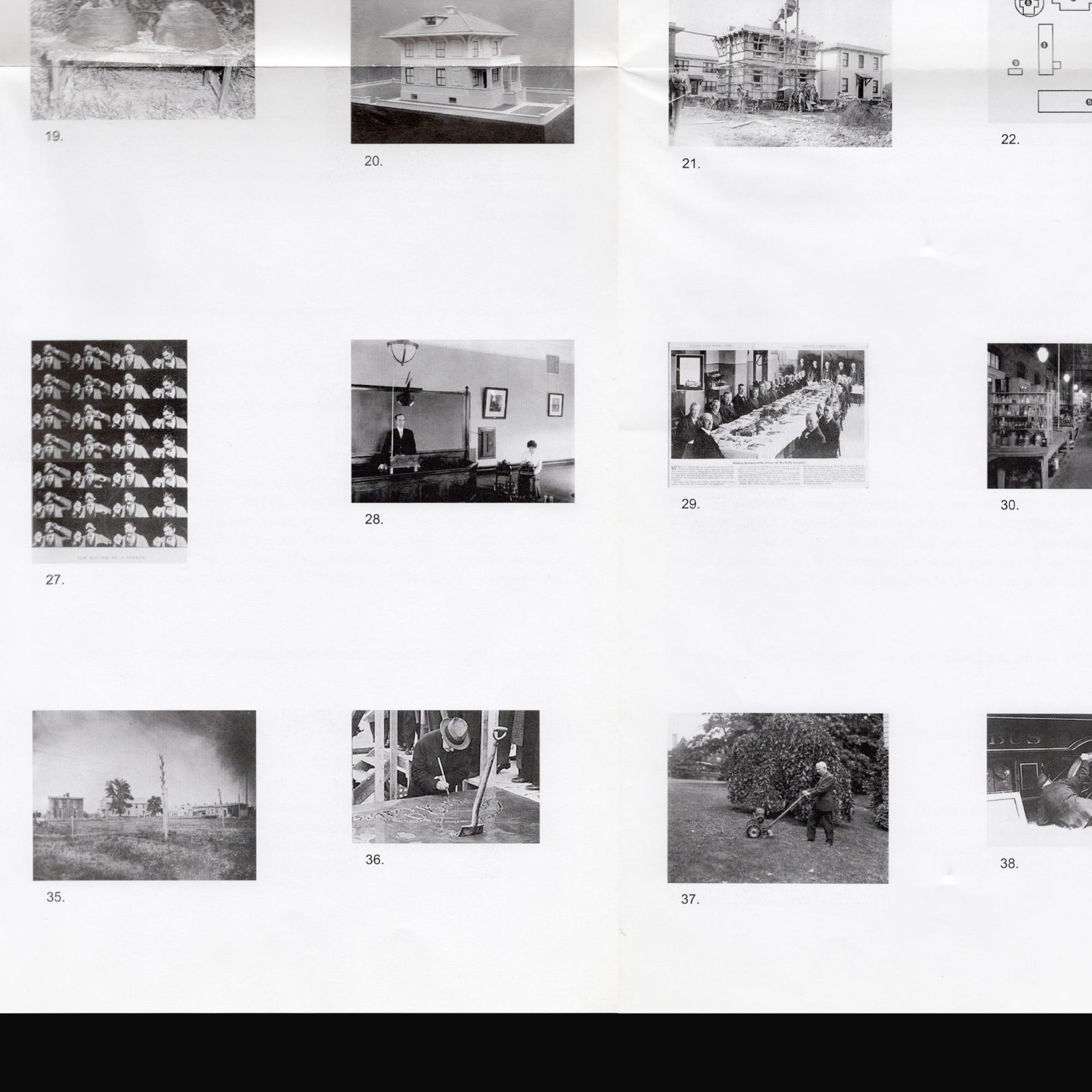
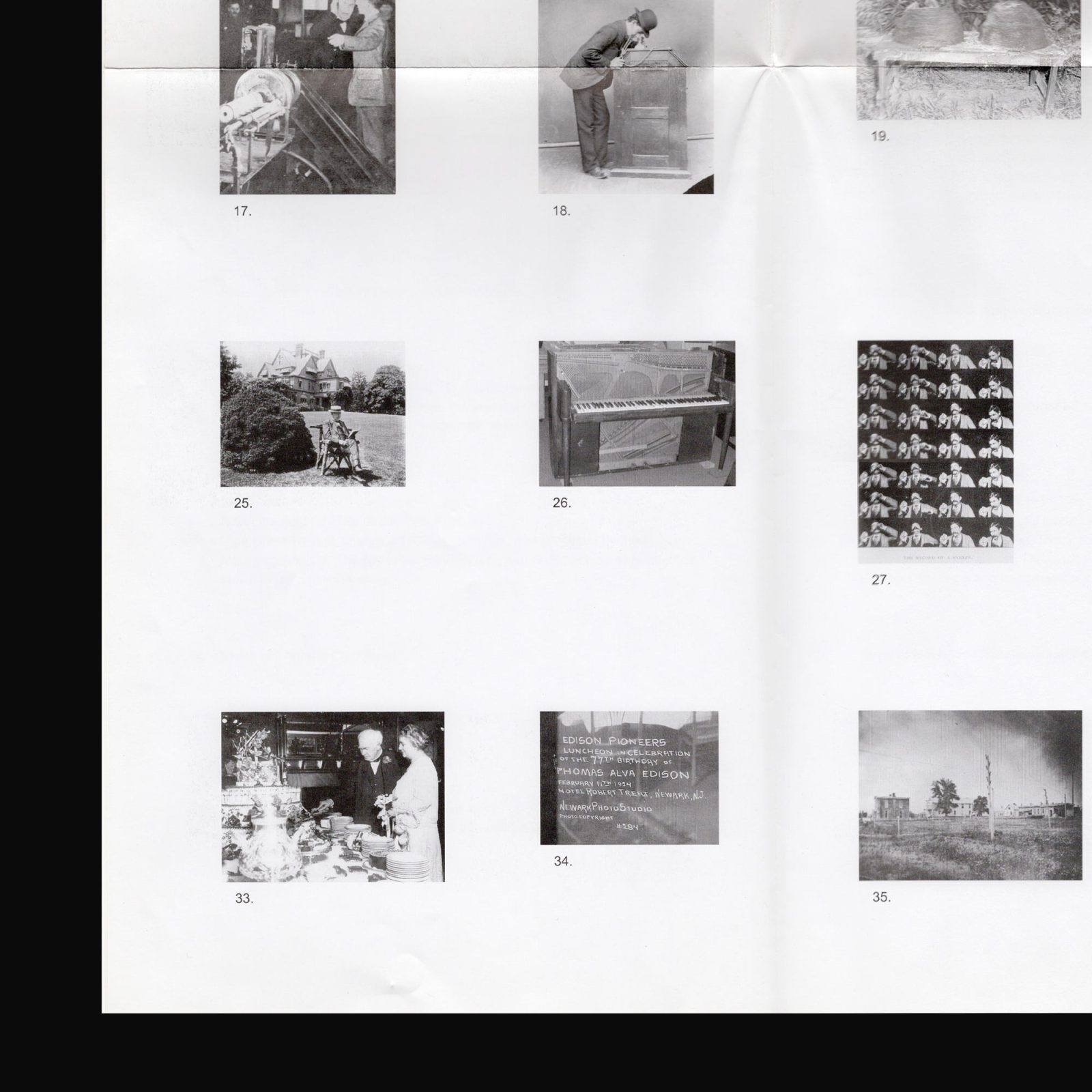
Produced on the occasion of the exhibition I don’t know if Thomas Edison invented the excuse at Contemporary Art Gallery, Vancouver, 7 May – 13 June, 2004.
“I regret that a previous engagement prevents me from accepting your kind invitation to dinner at your home, on Thursday evening, September seventeenth,” is a sentence taken from a letter written by inventor Thomas Edison. Pieroth’s interest in the life of Edison led to the discovery the inventor often made excuses to avoid attending social functions. Pieroth then wrote to the American Patent Office requesting a patent on behalf of Edison for the invention of the “excuse.”
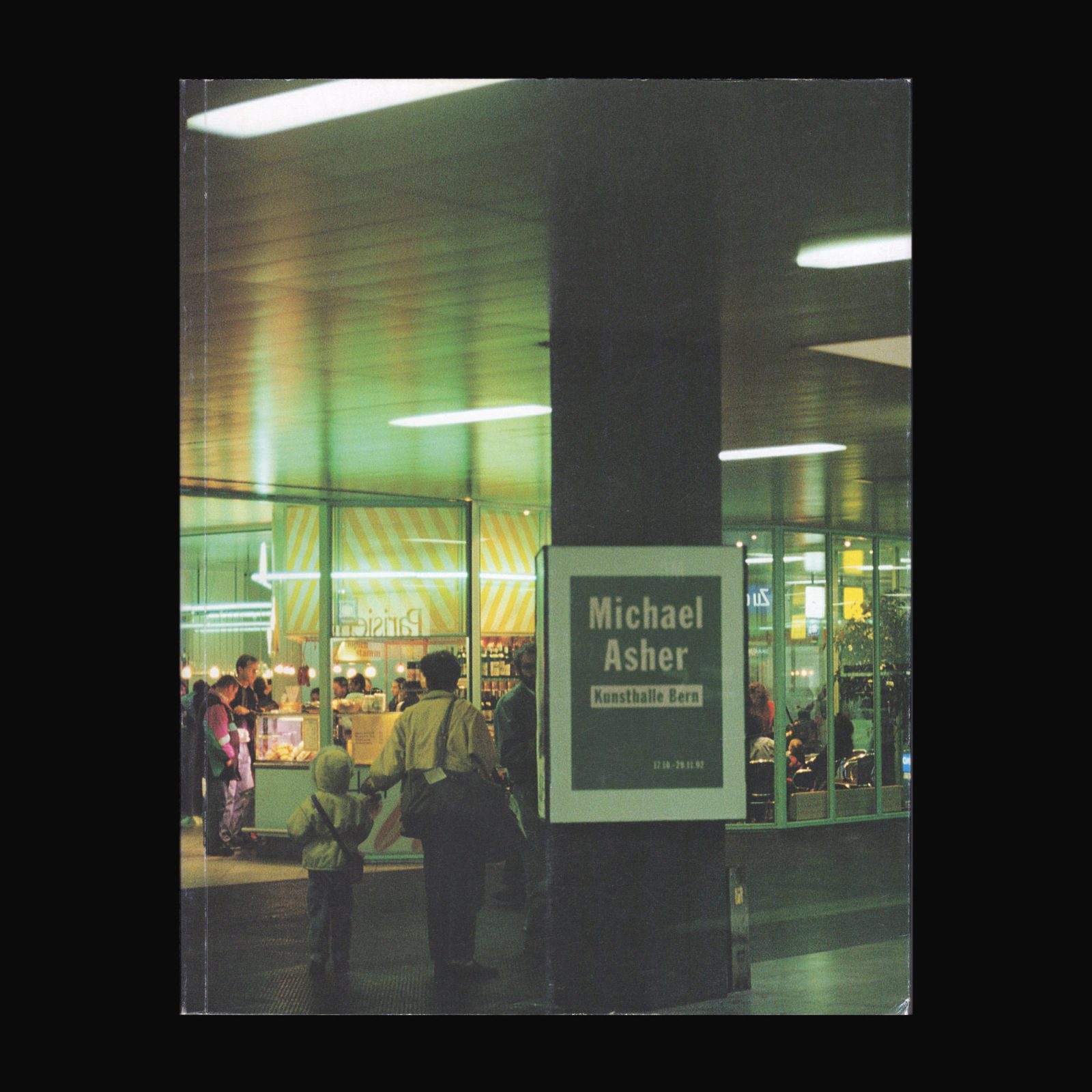
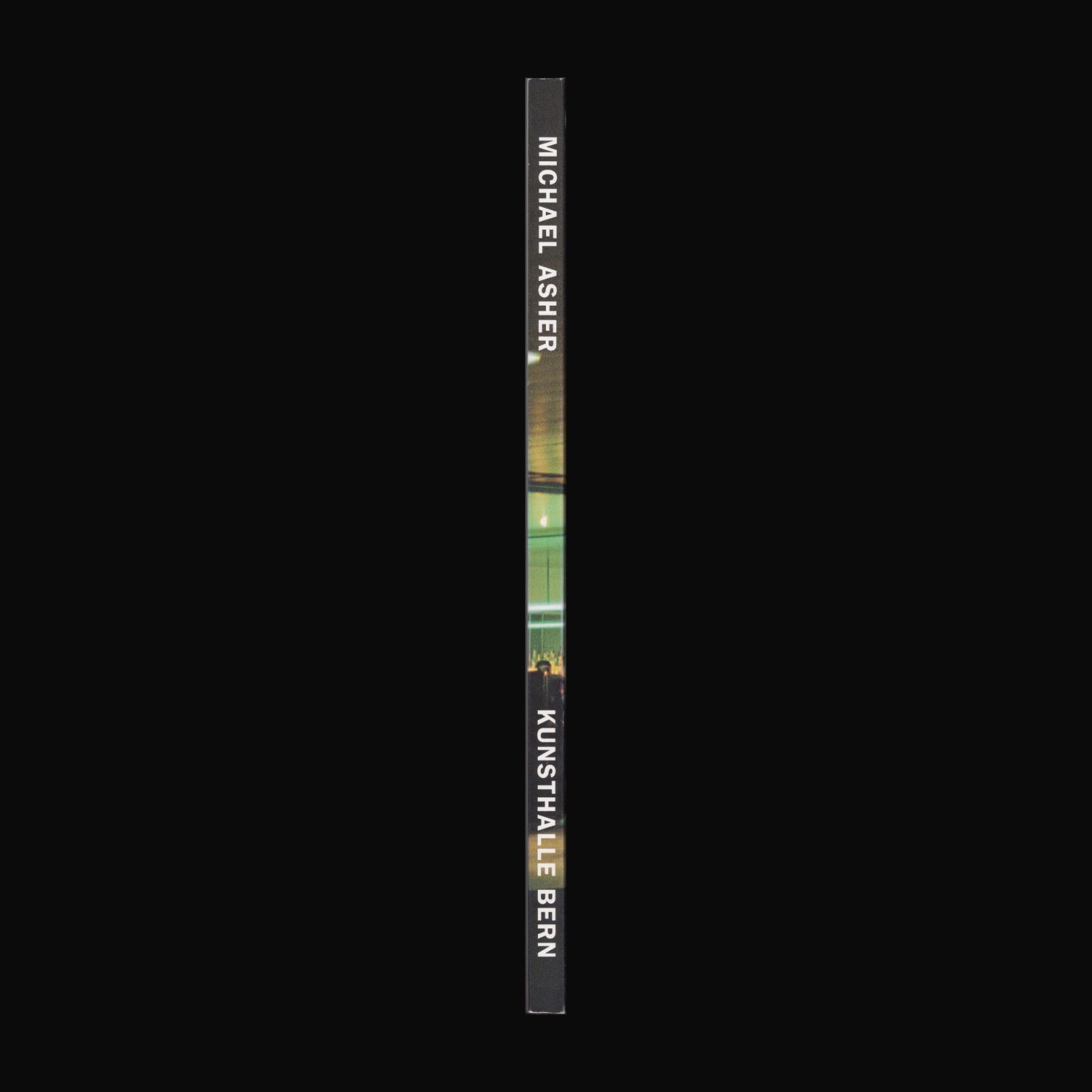
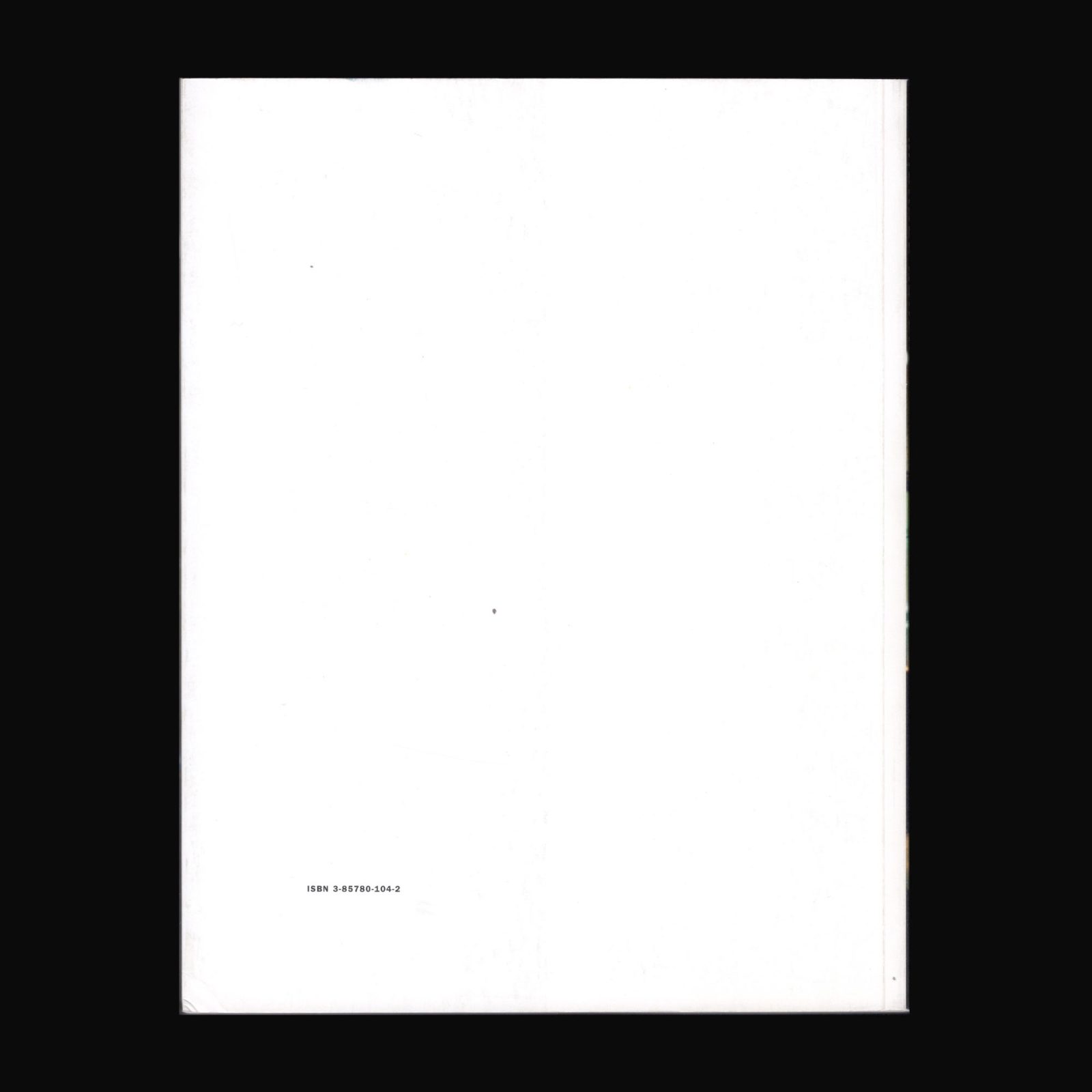
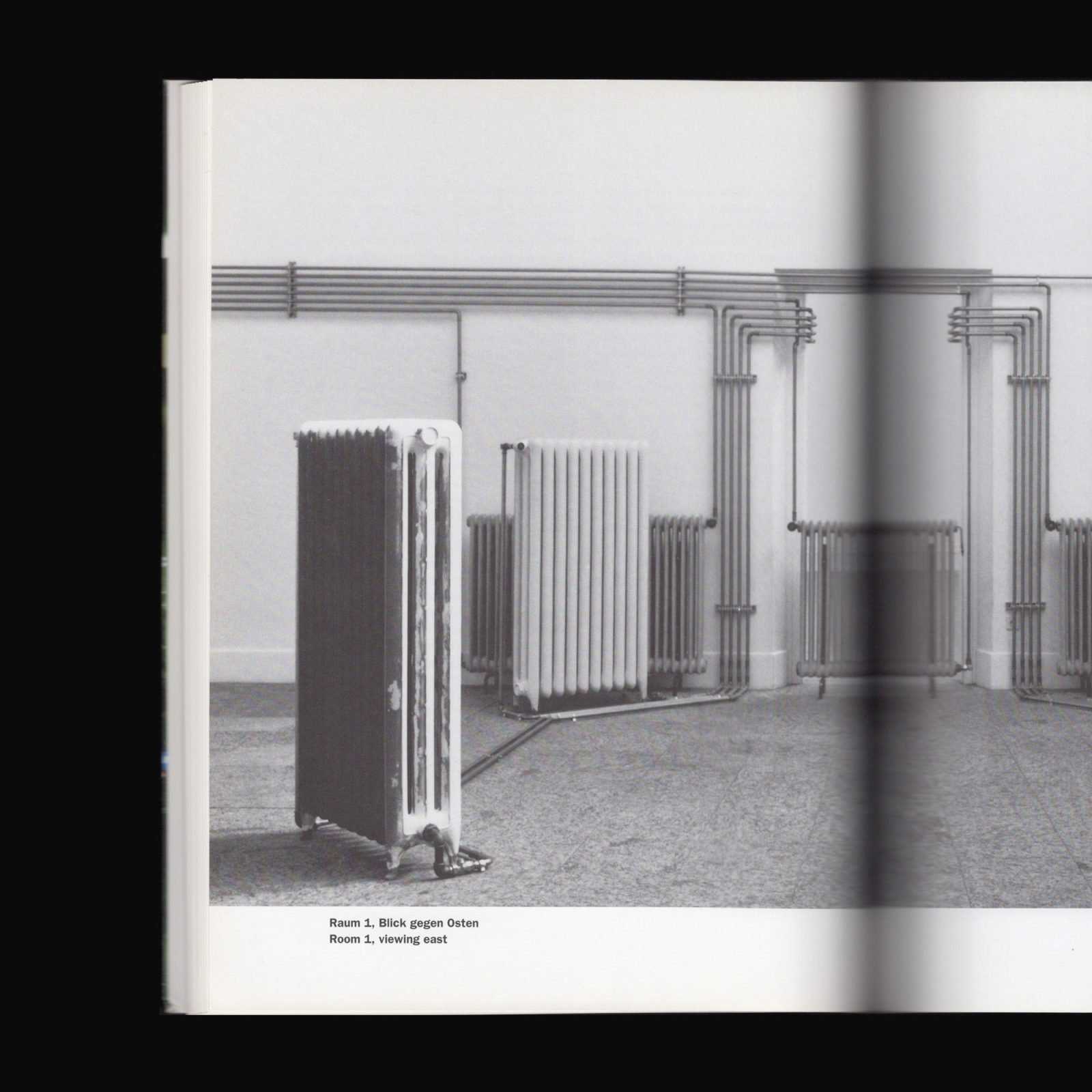
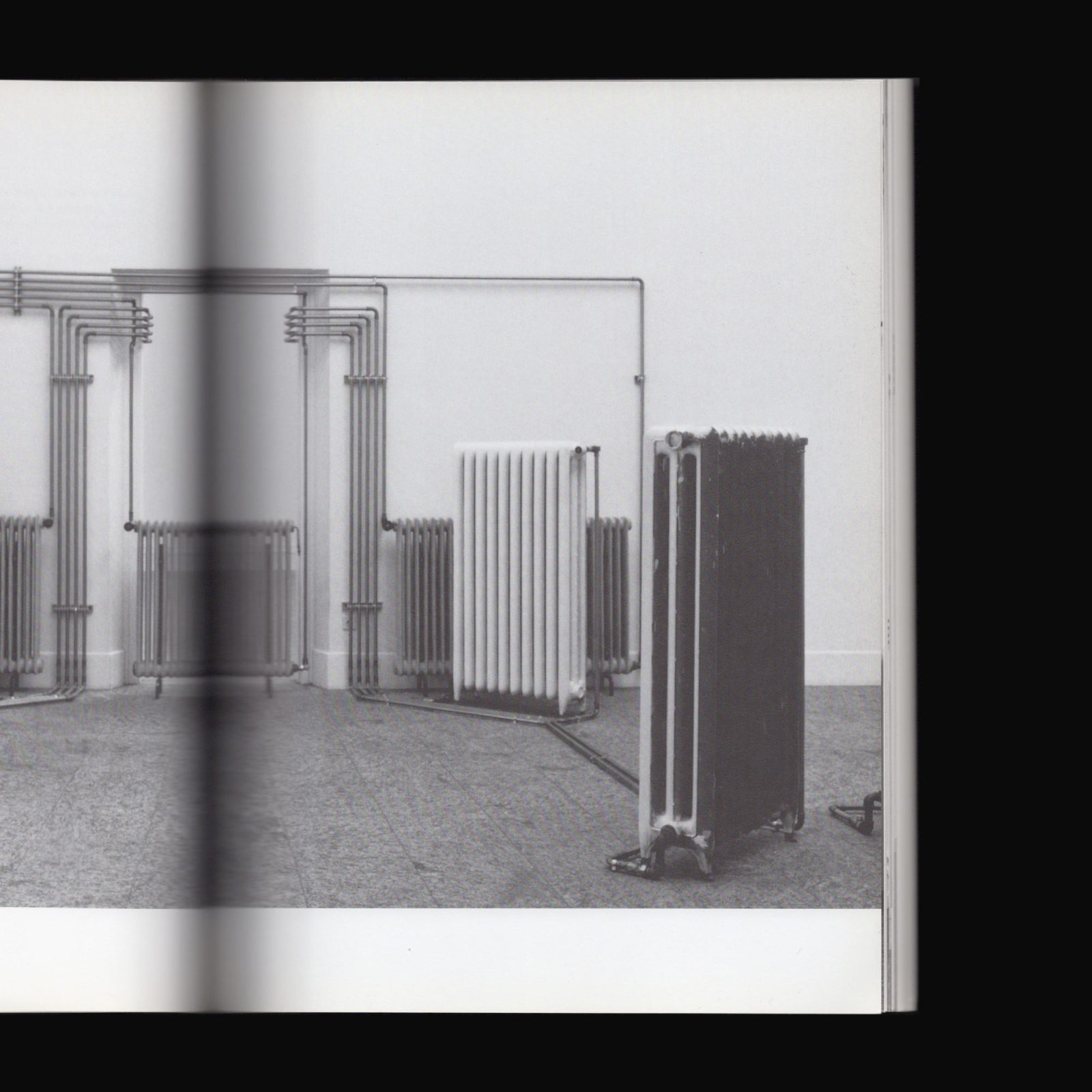
Produced on the occasion of the exhibition Michael Asher at Kunsthalle Bern, 16 October – 29 November 1992. With texts from Ulrich Loock, Birgit Pelzer and Dieter Schwarz.
*Please note this publication is secondhand and has some traces of previous ownership.
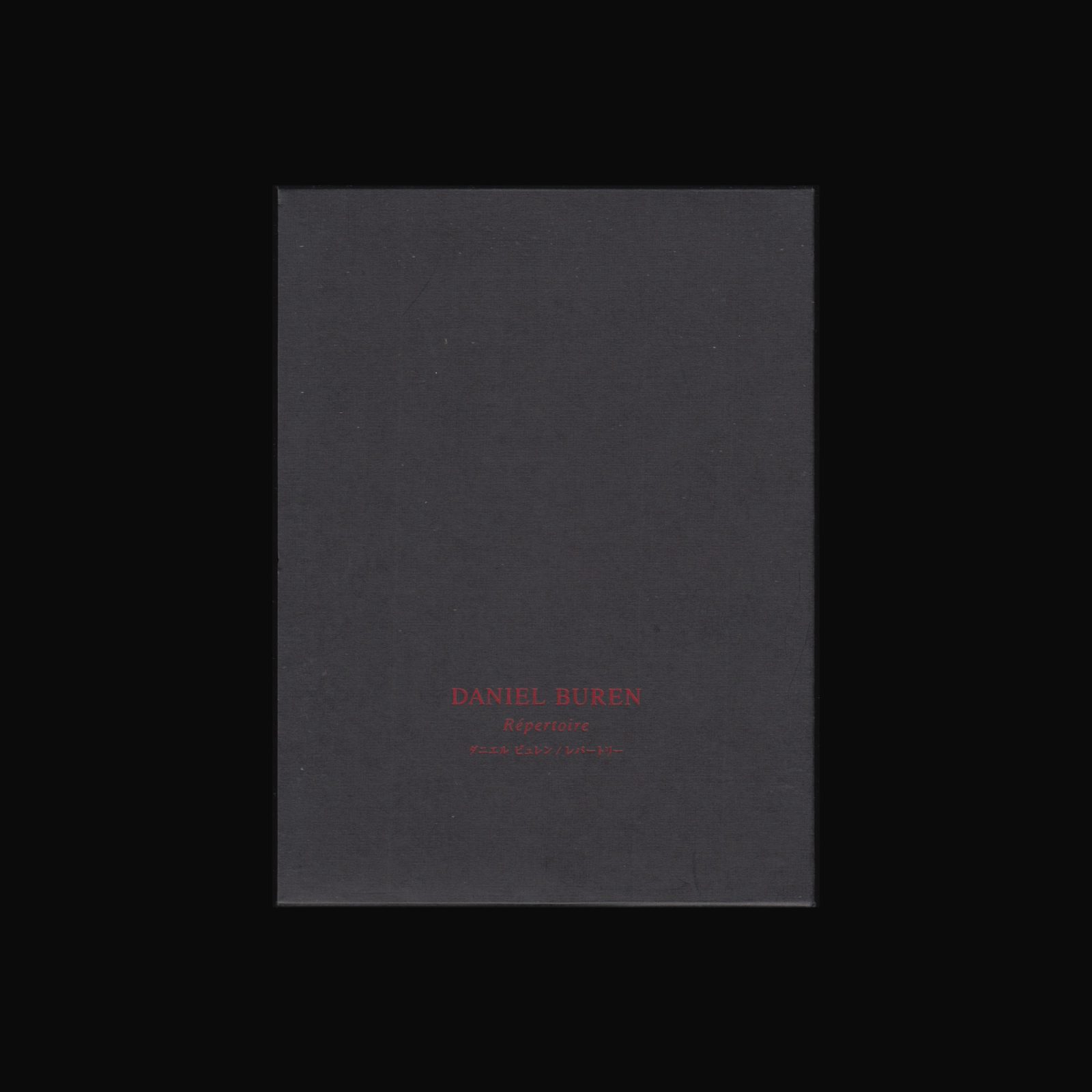
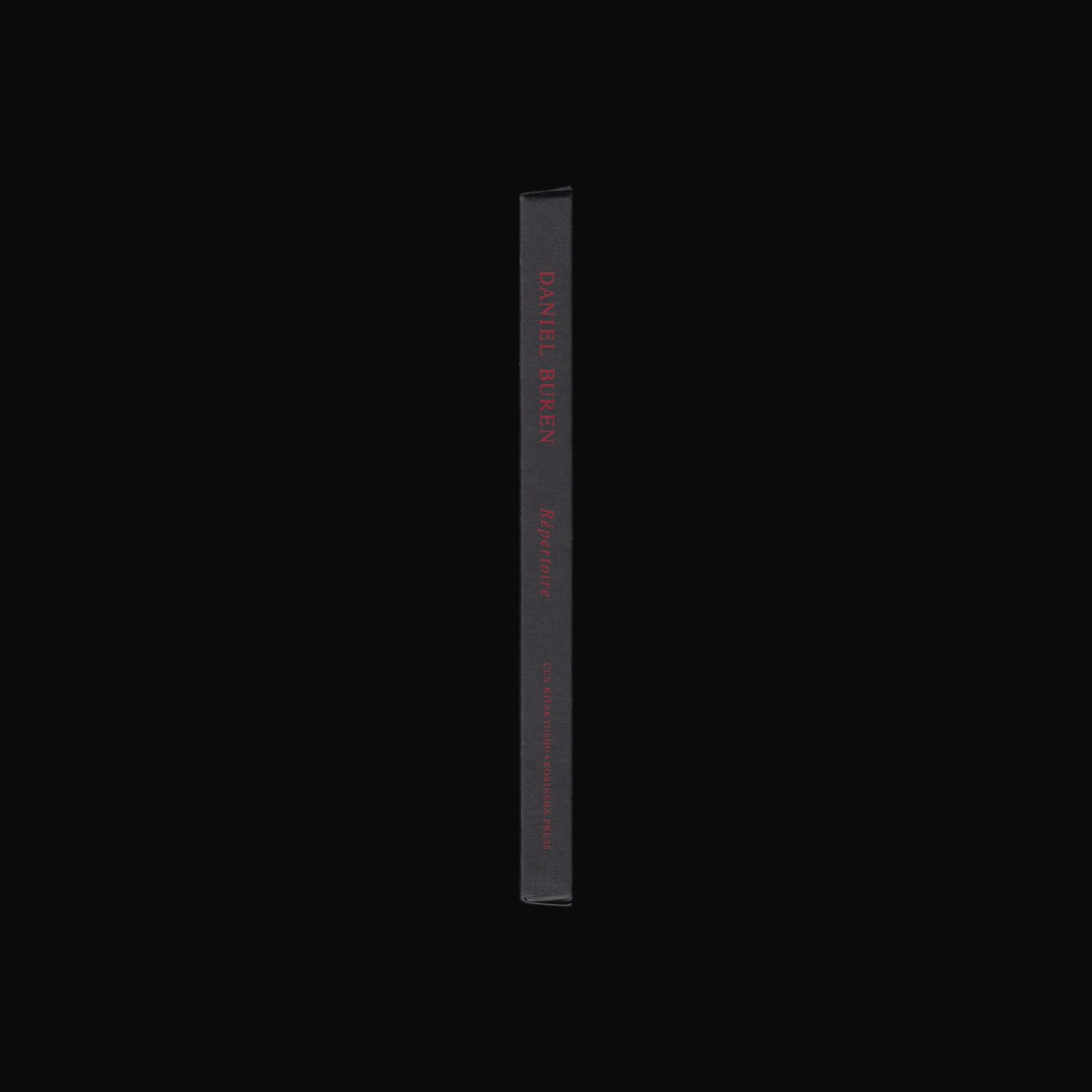
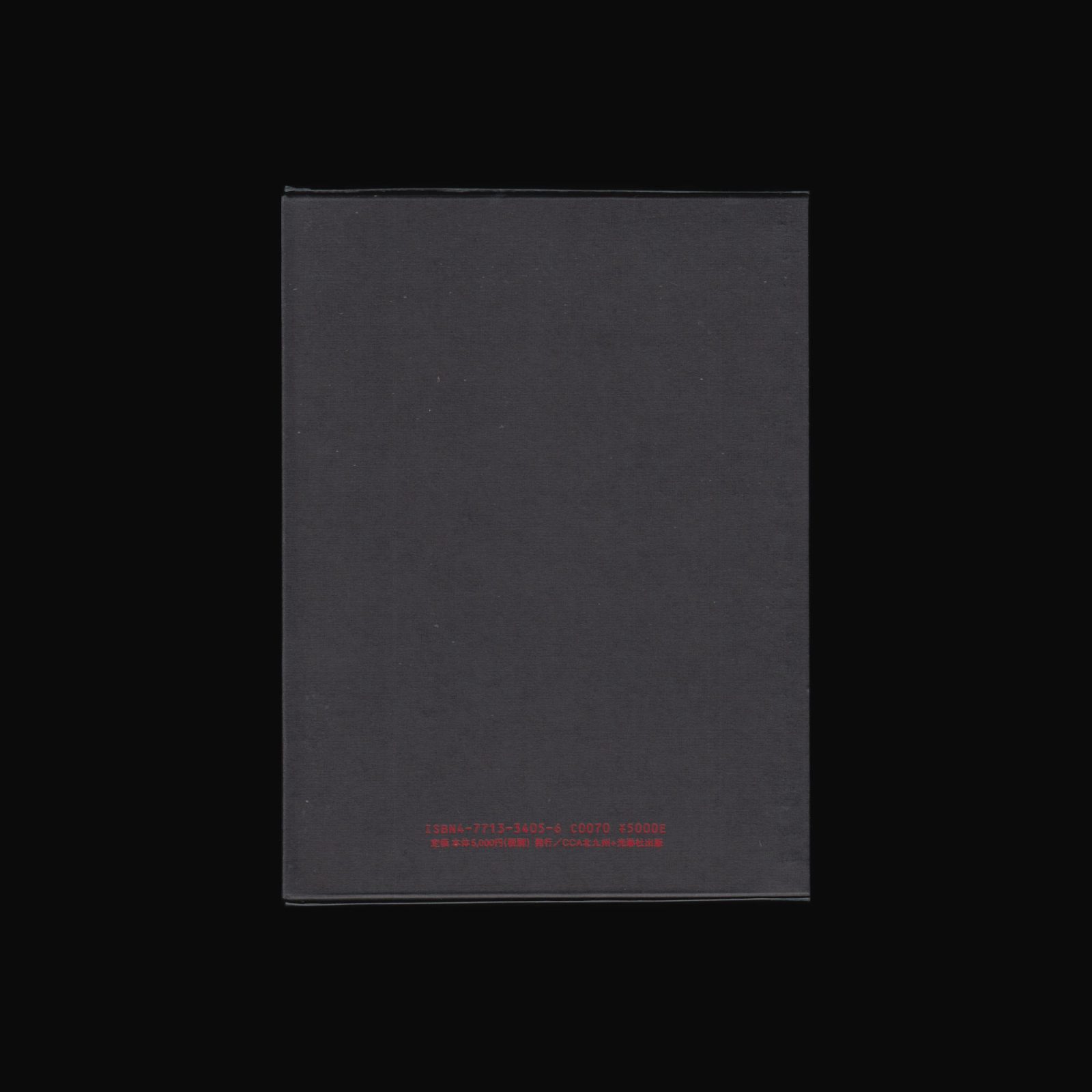
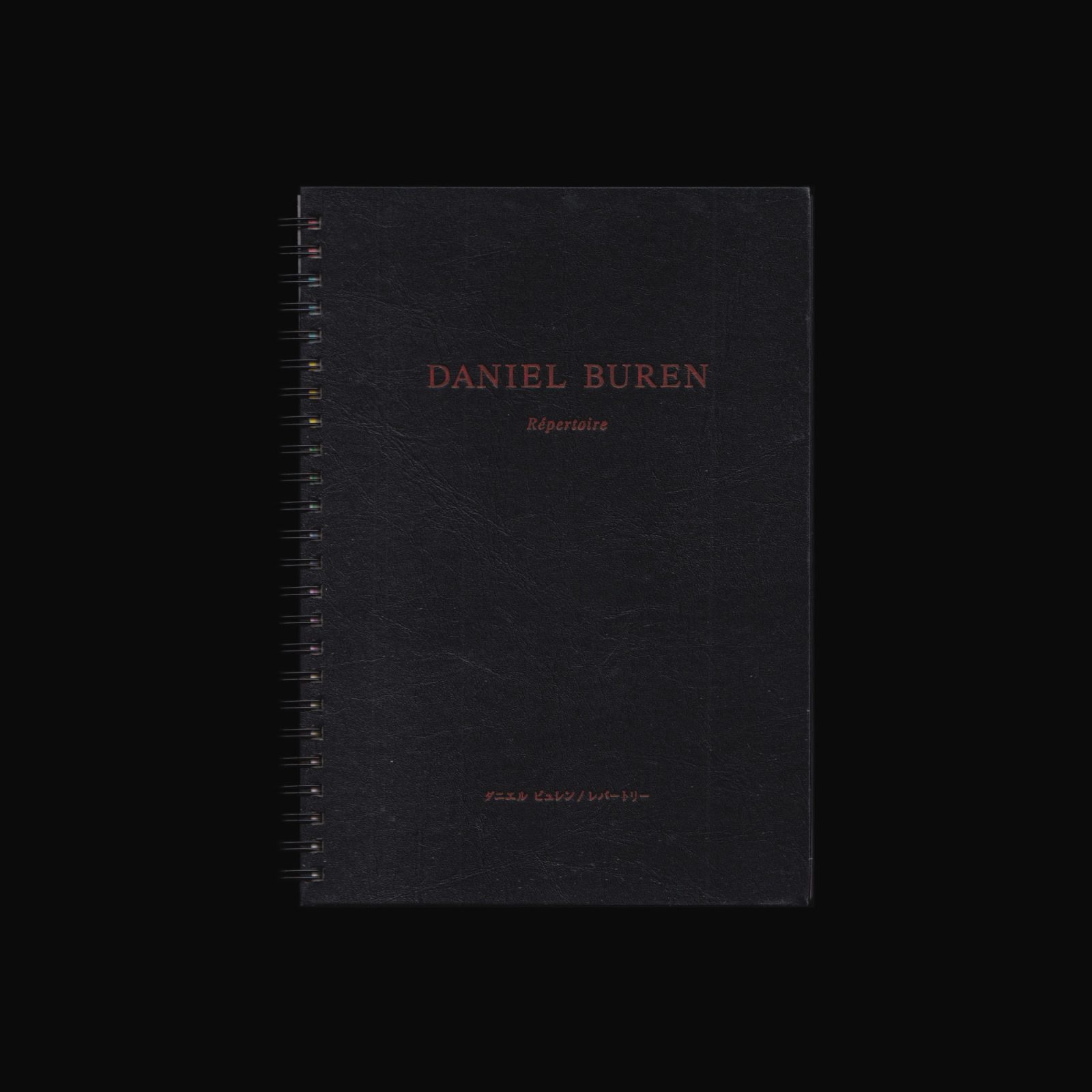
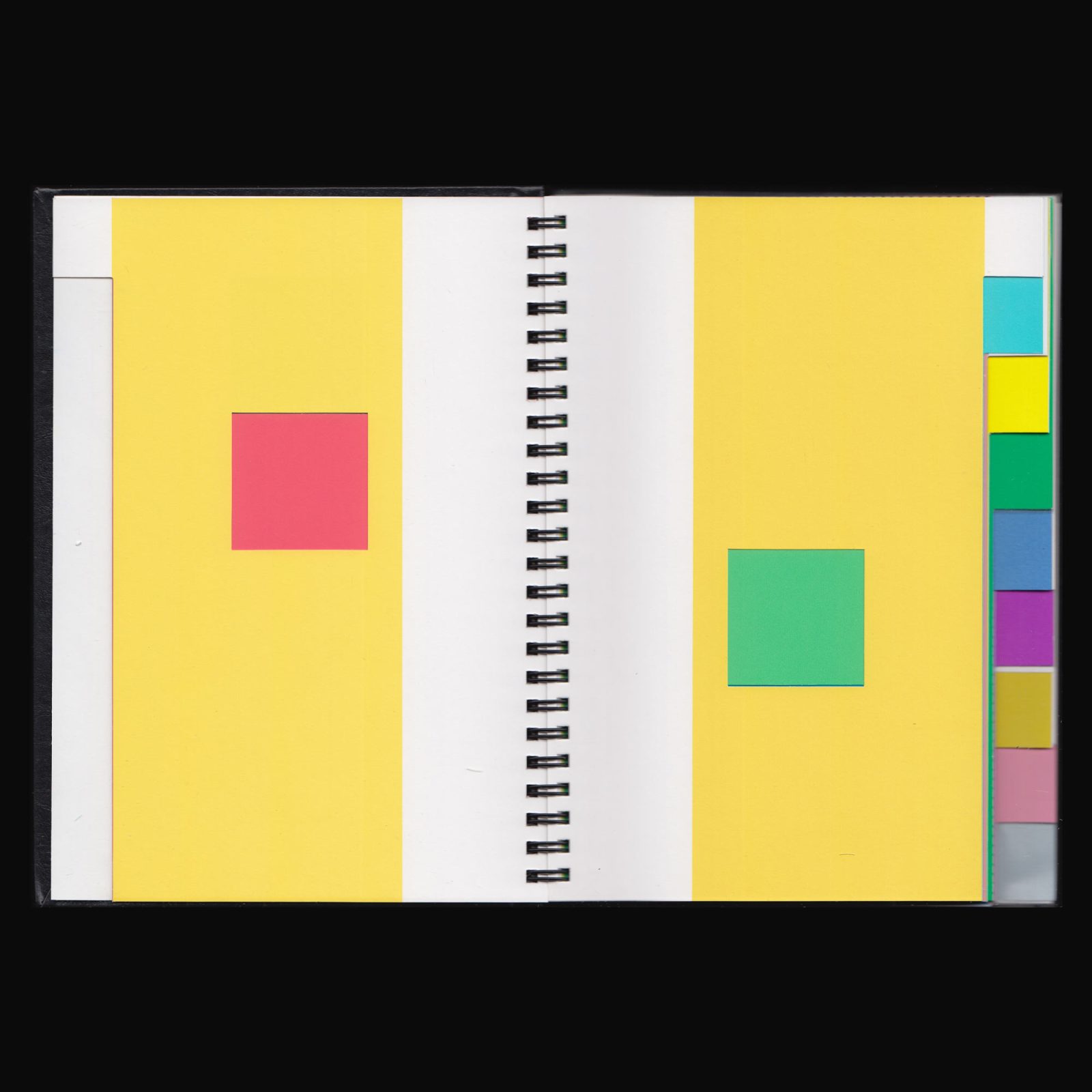
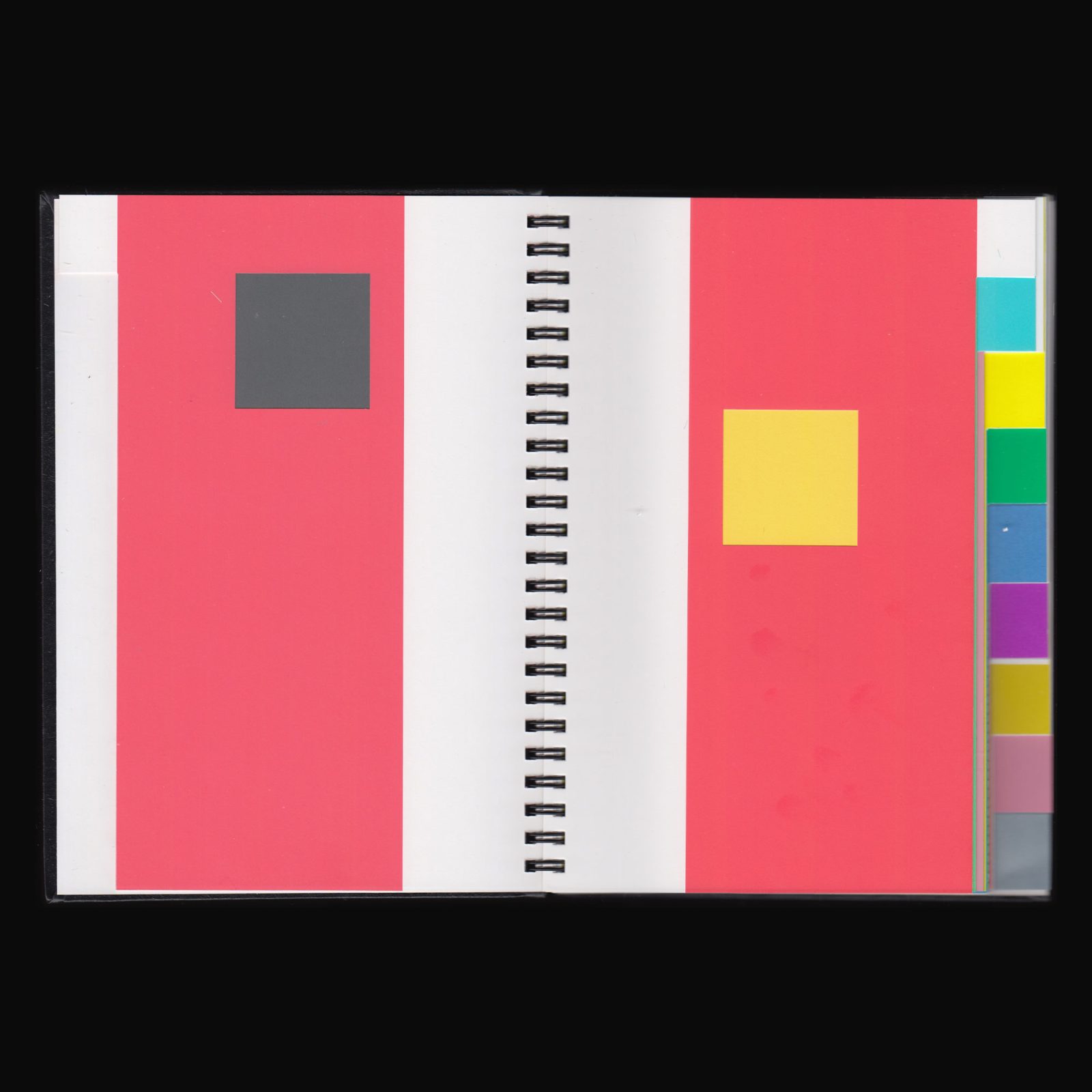
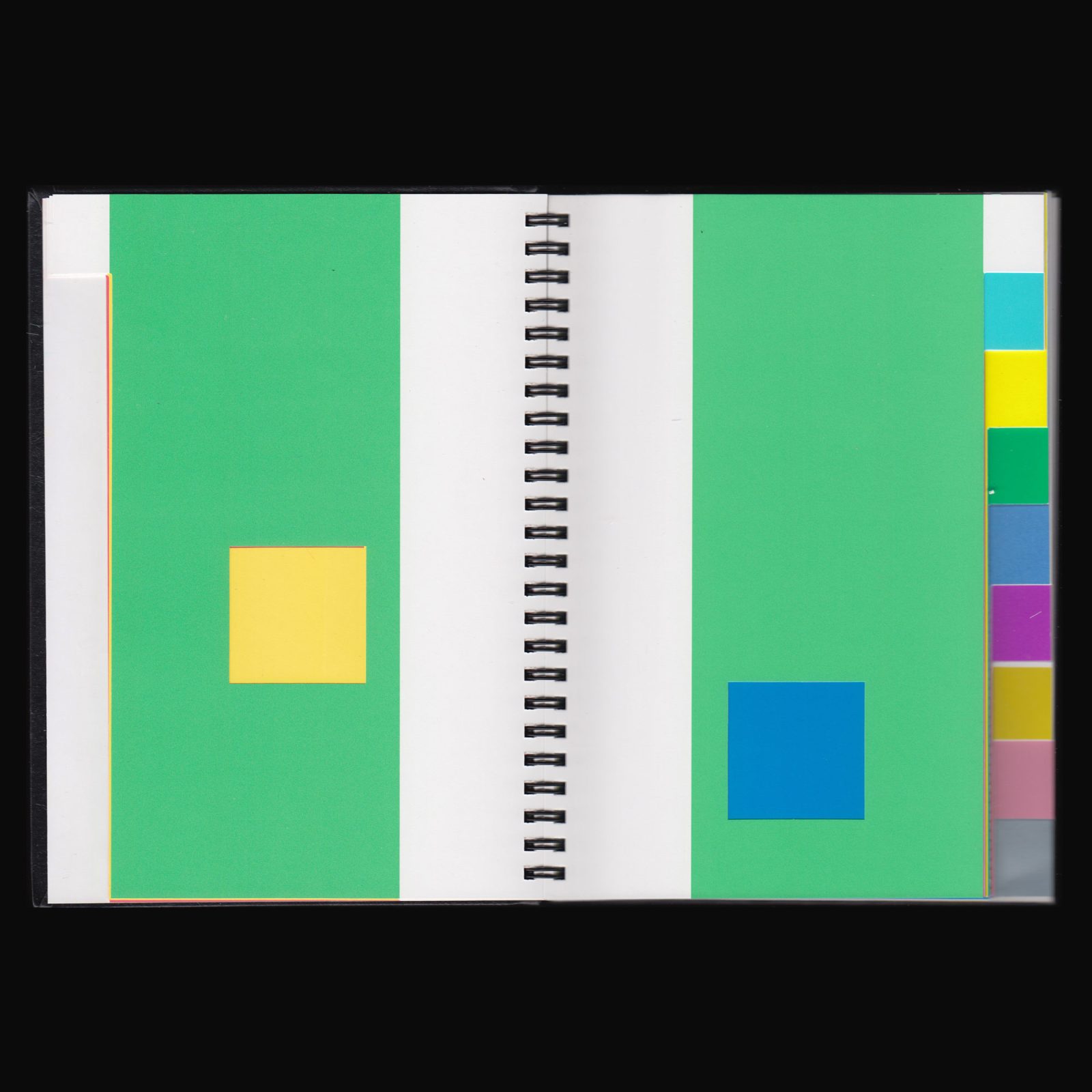
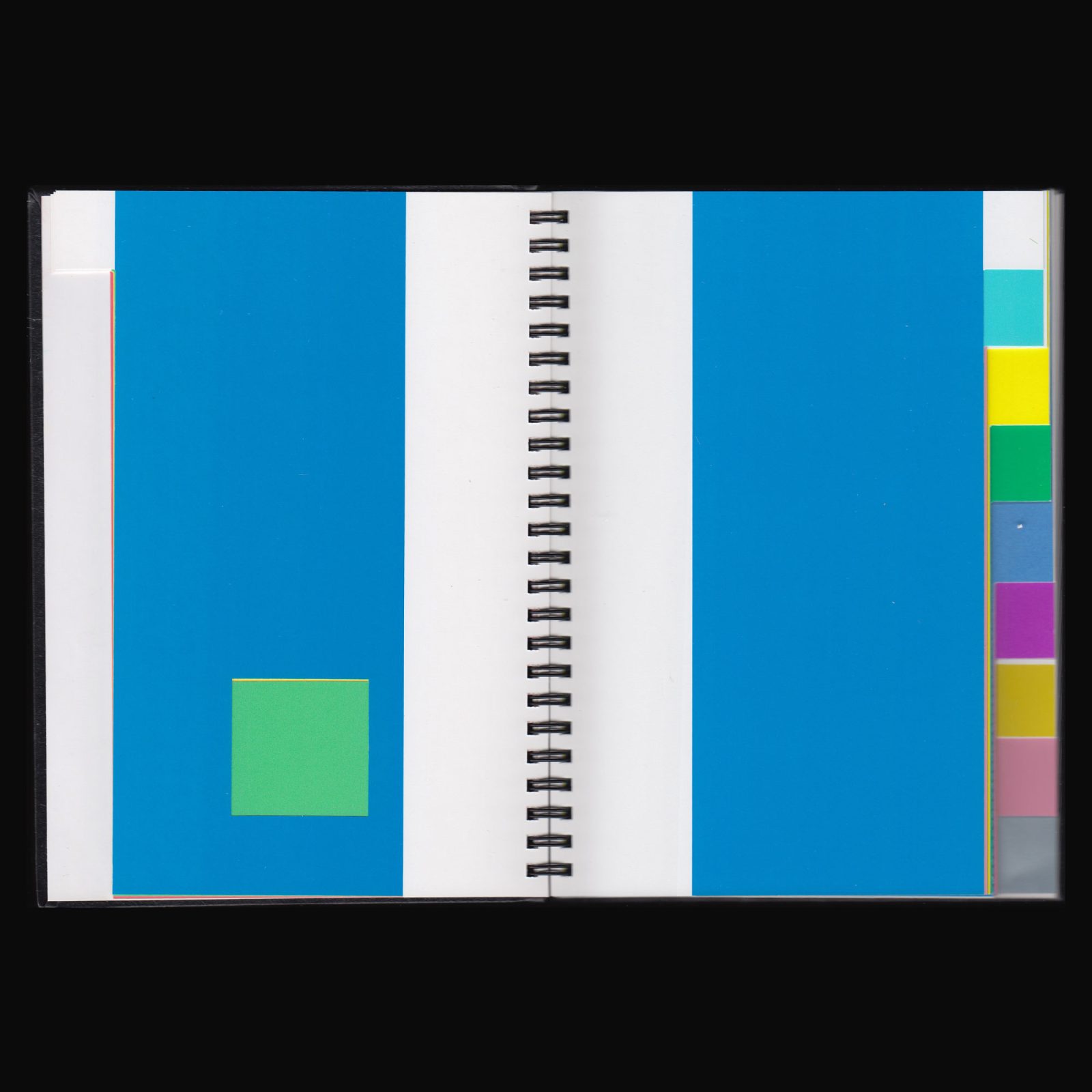
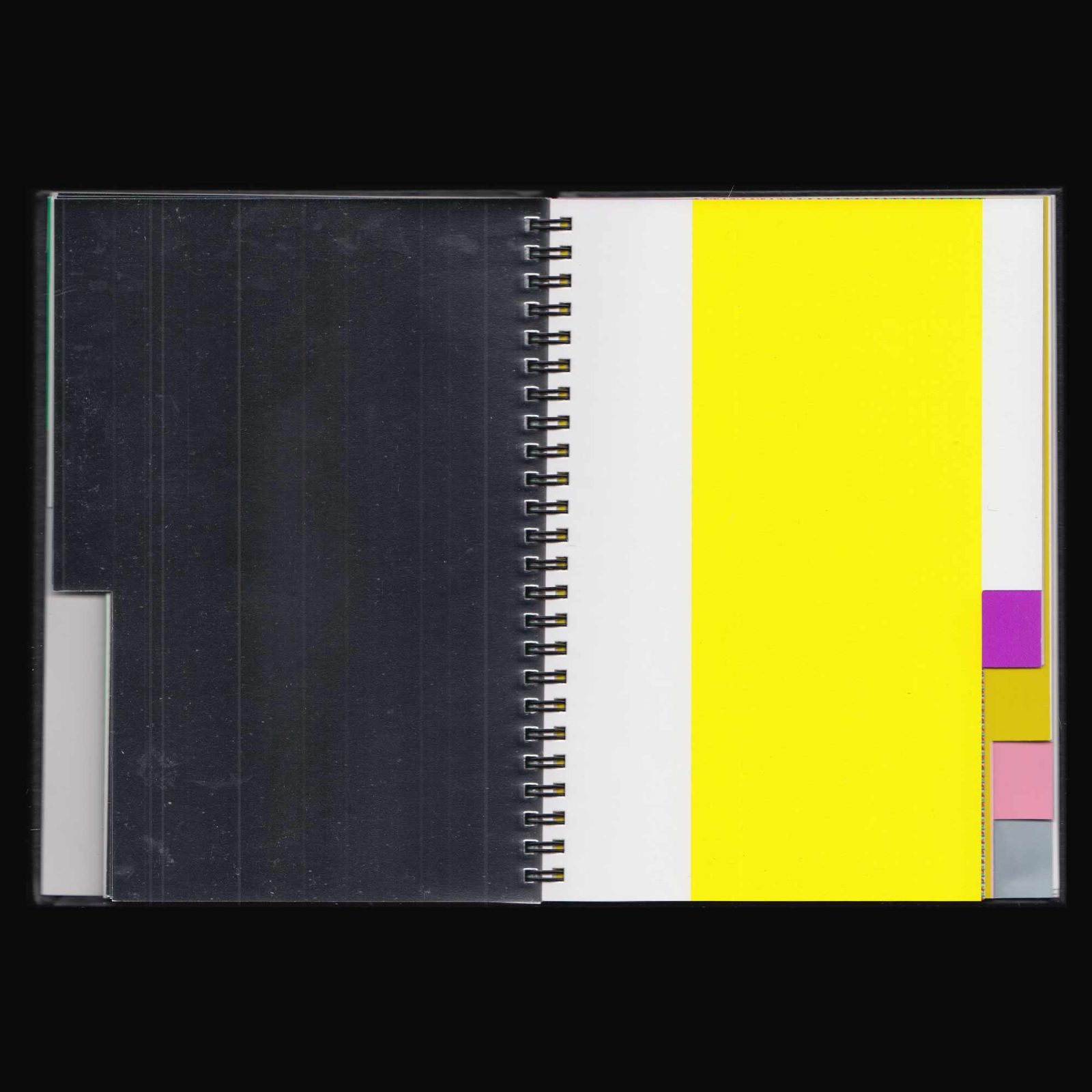
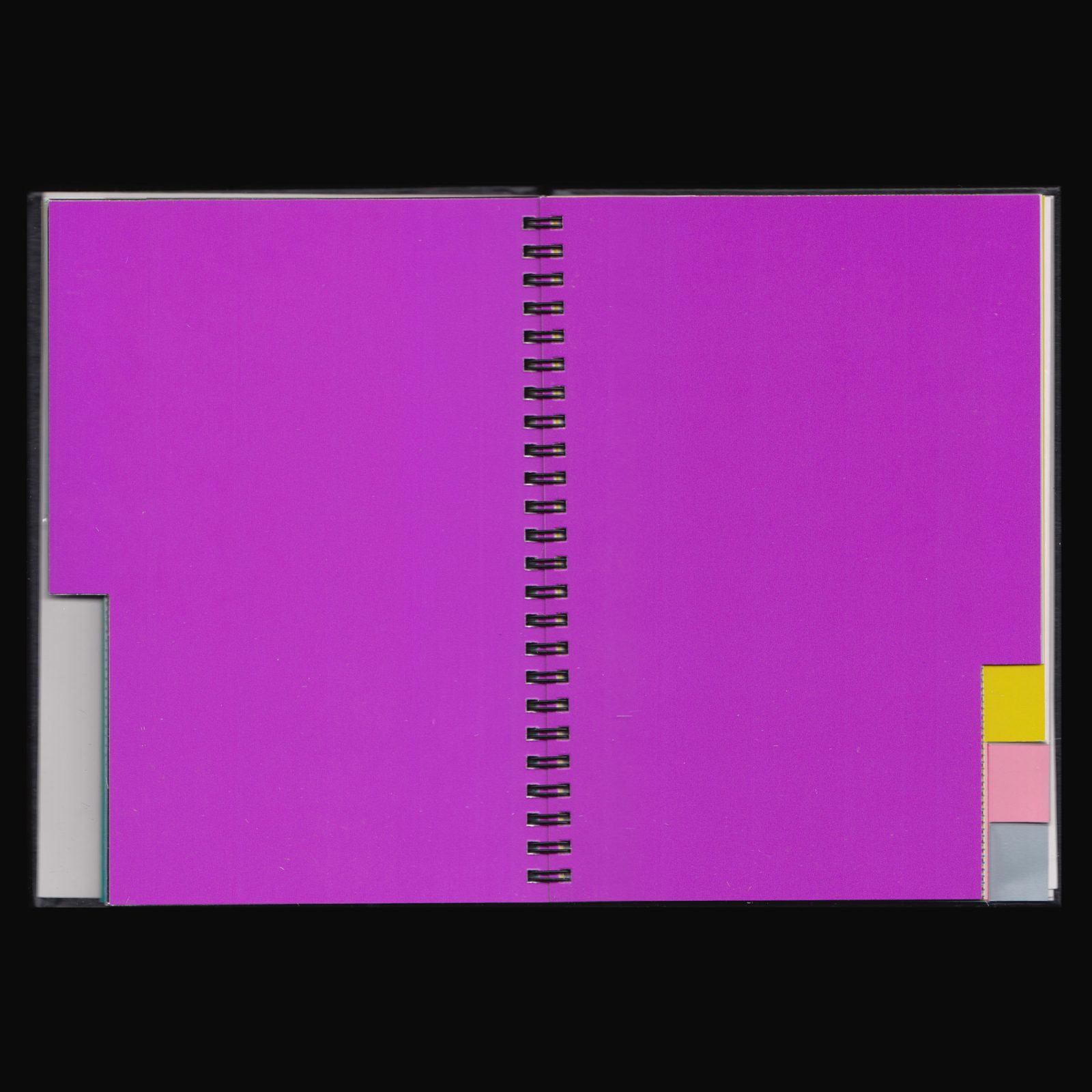
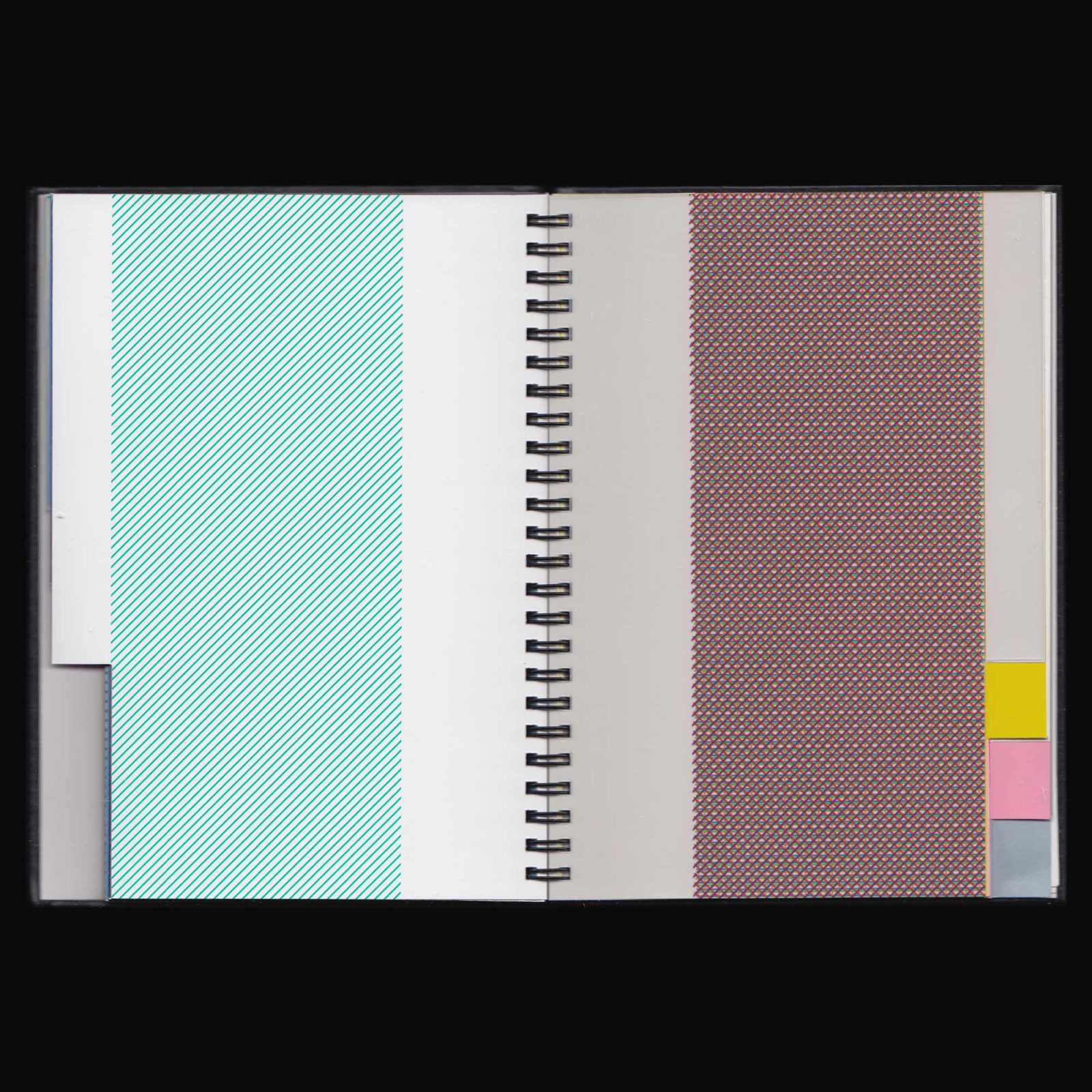
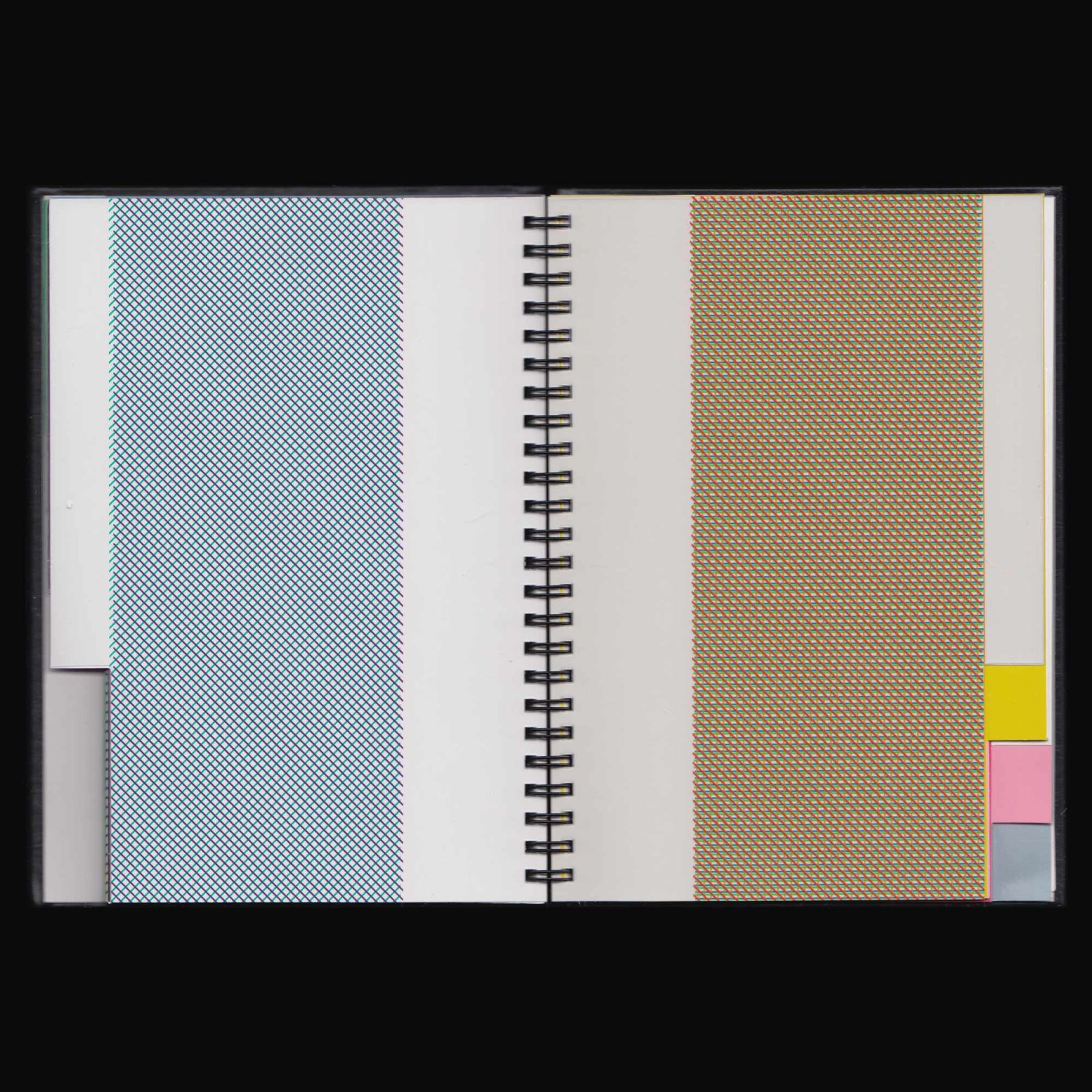
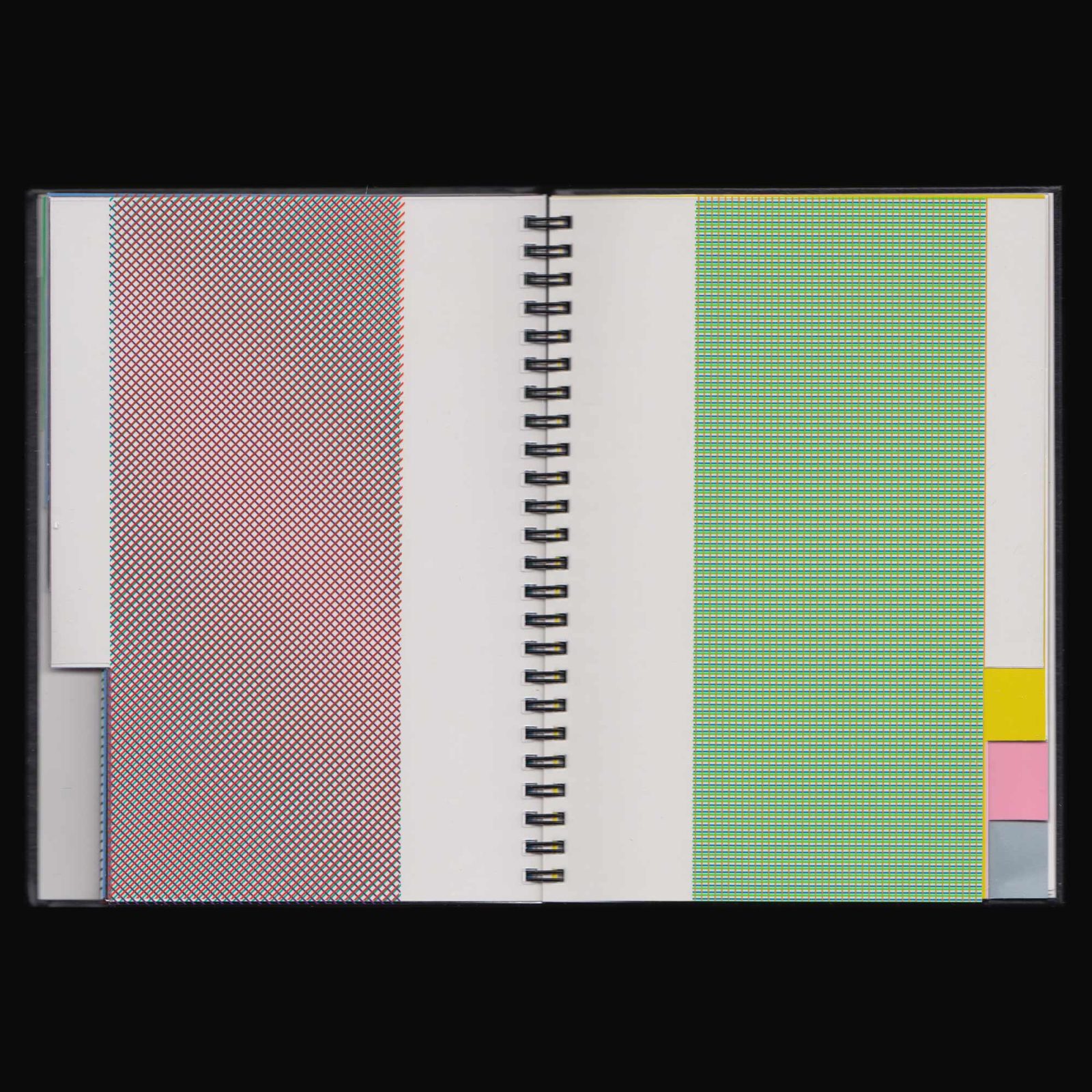
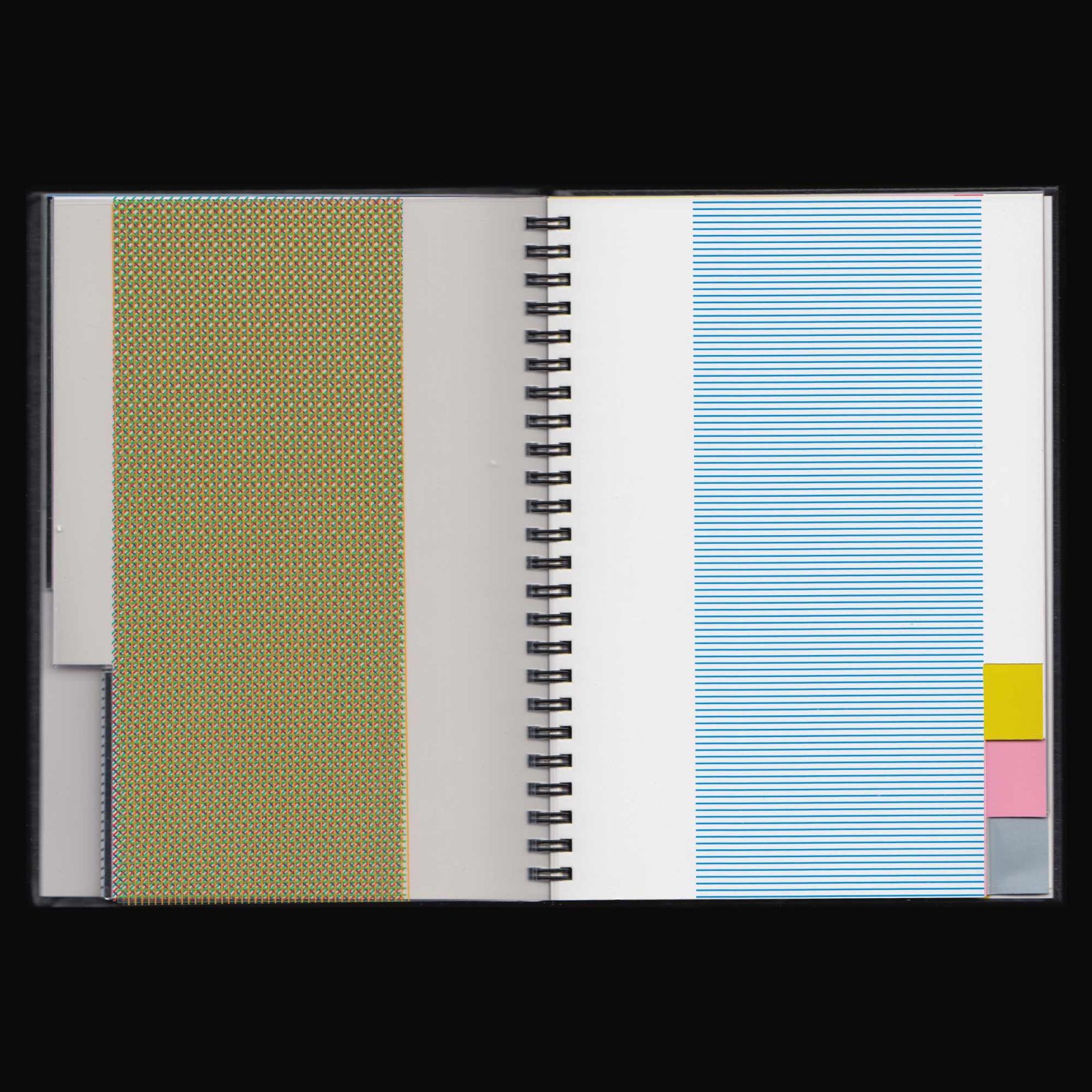
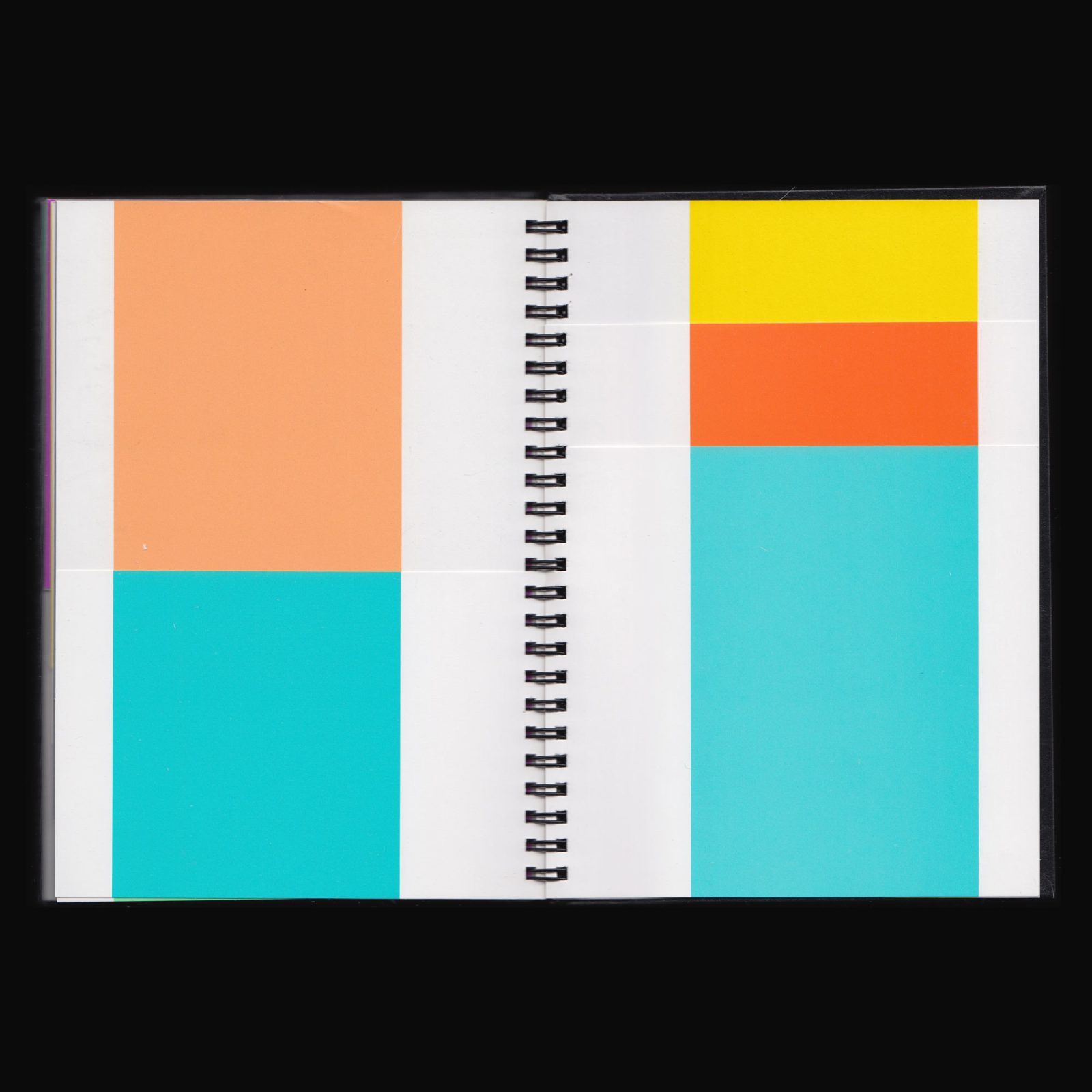
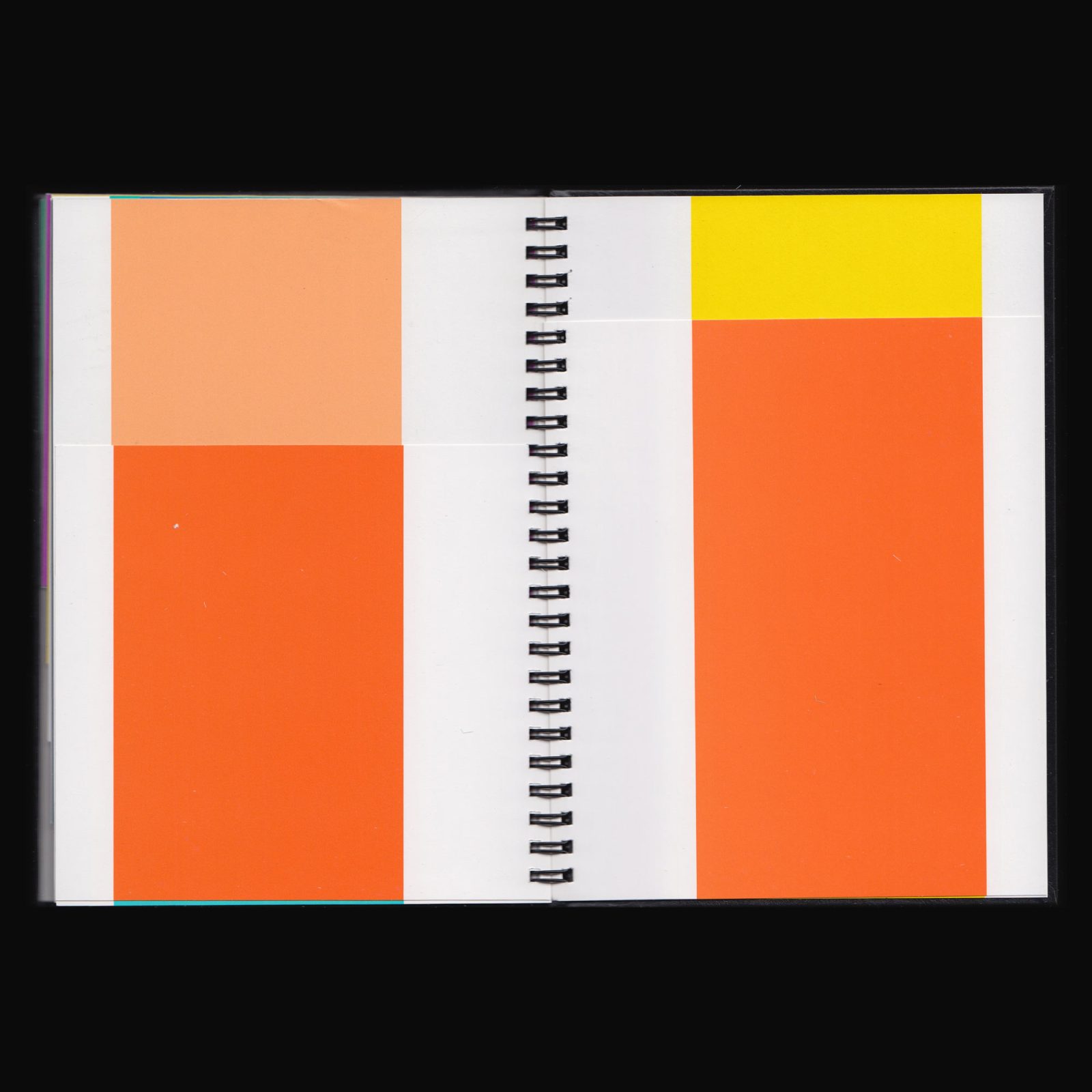
Produced on the occasion of the exhibition Parallelepipede & Trame Travail in situ by Daniel Buren at the Center for Contemporary Art, Kitakyushu, 1 – 19 December, 1997.